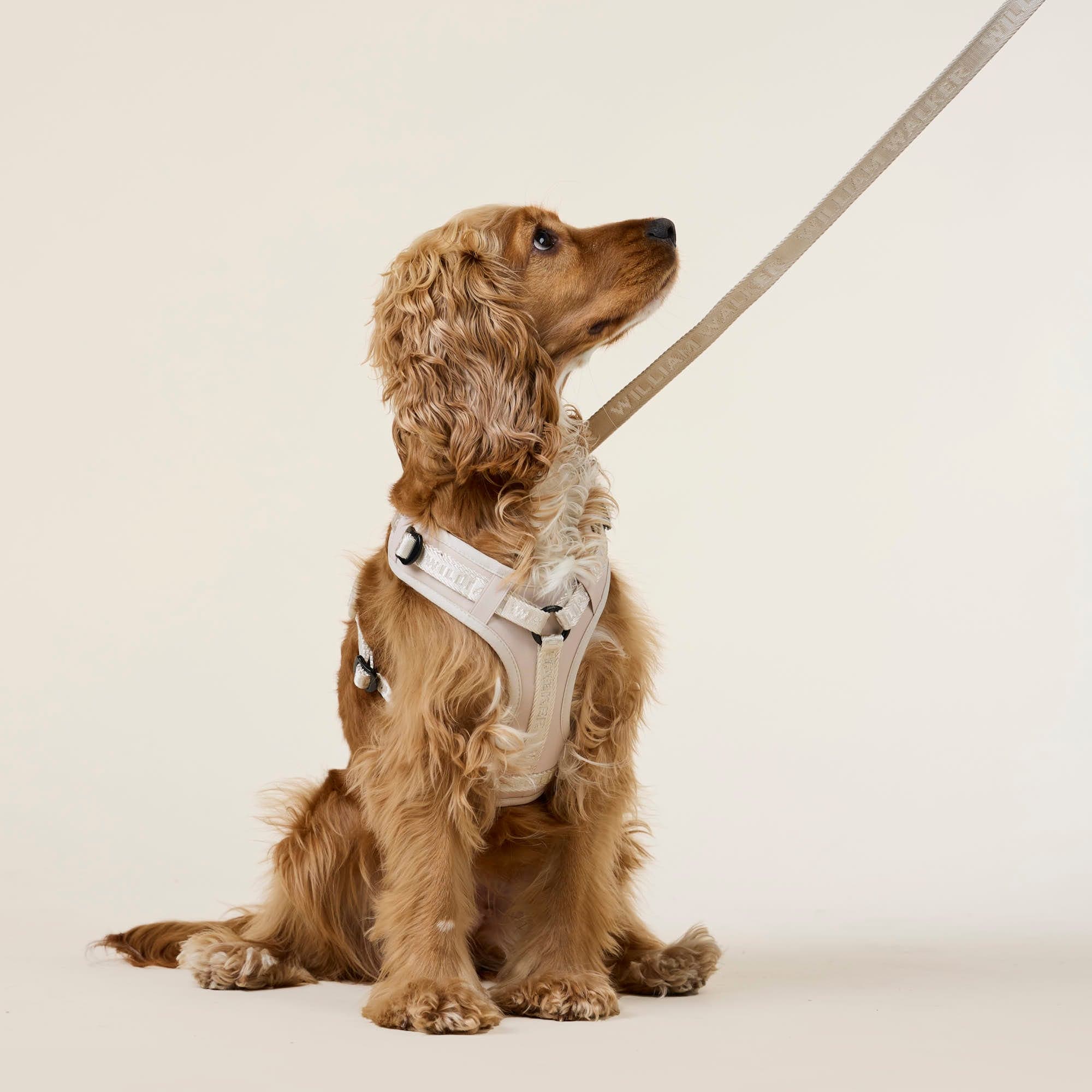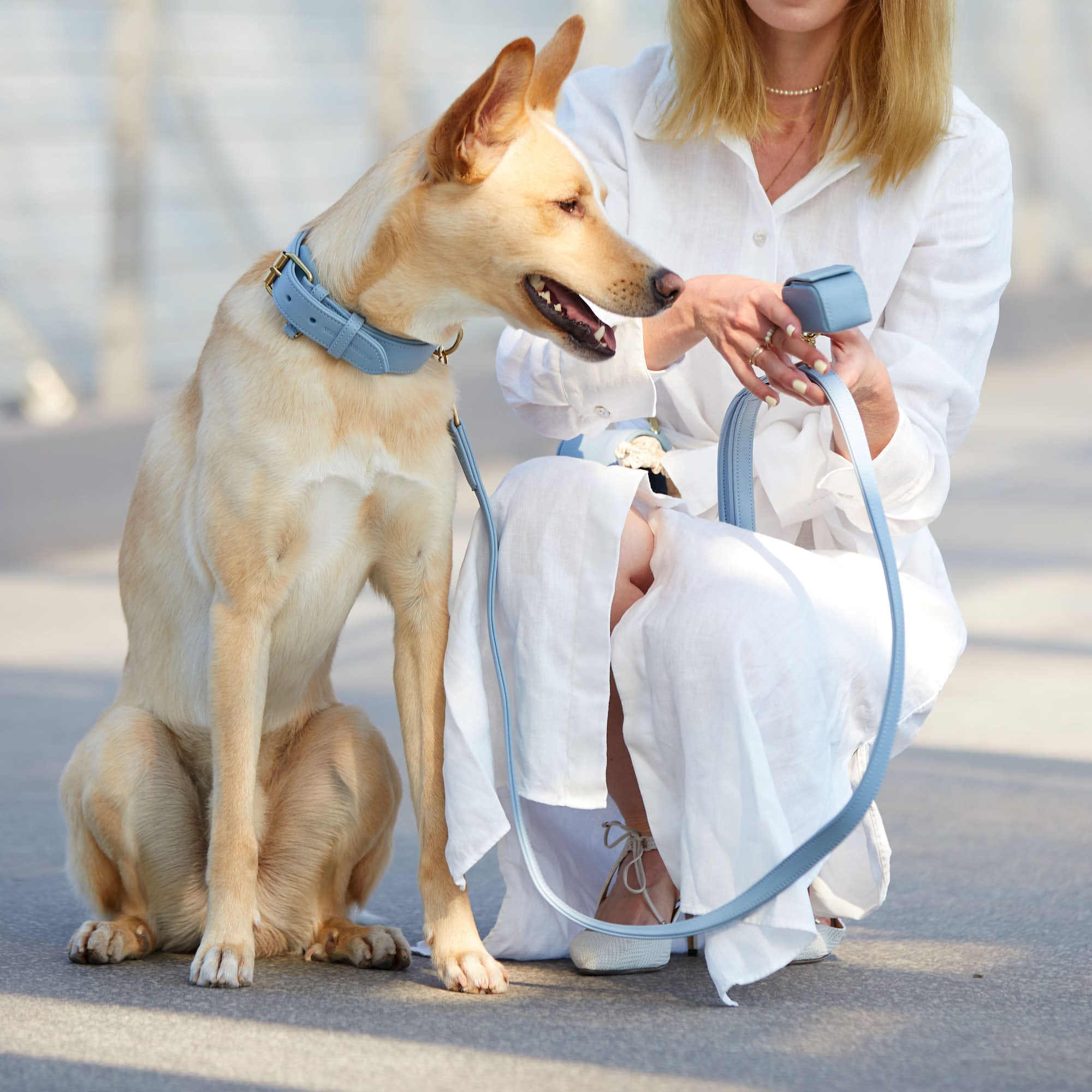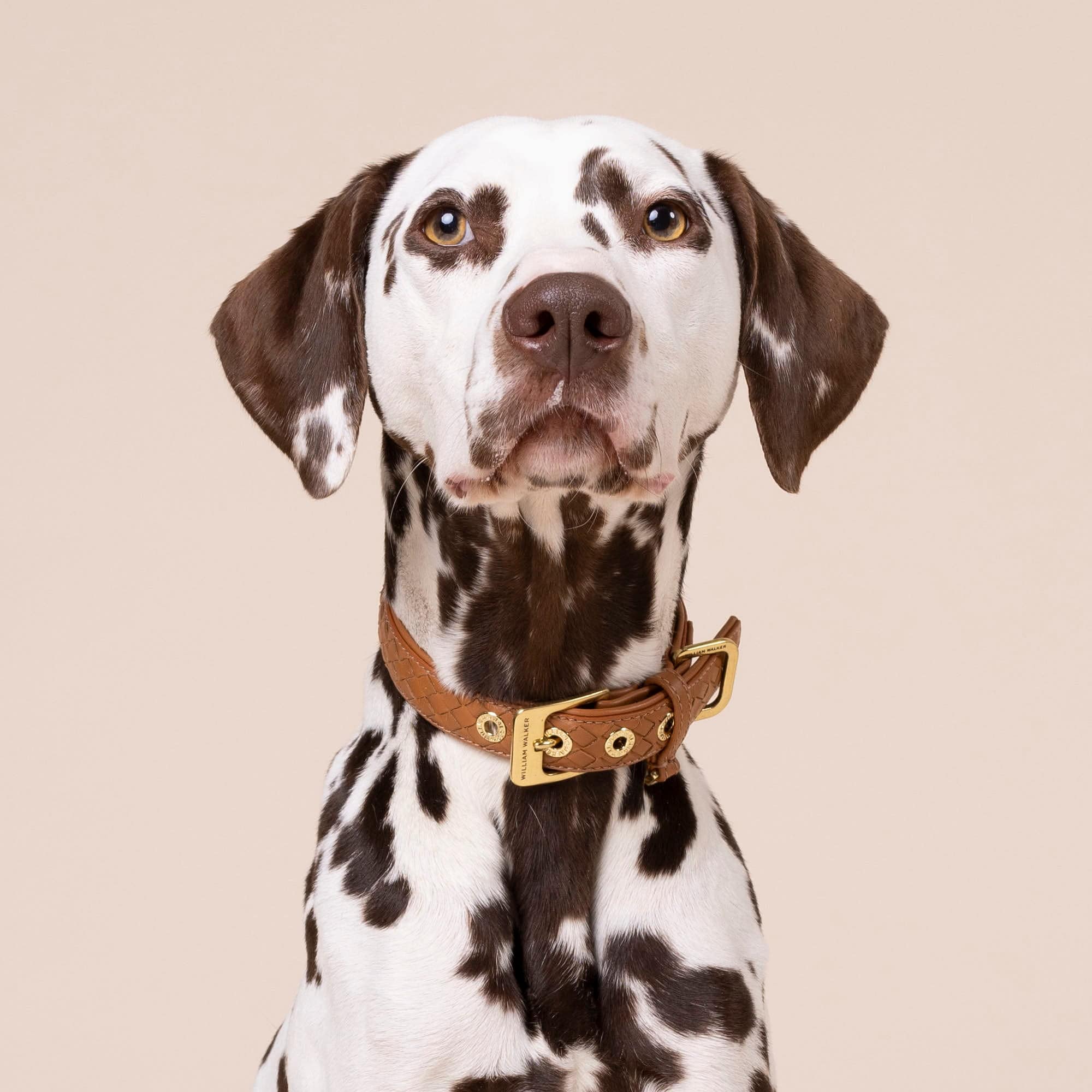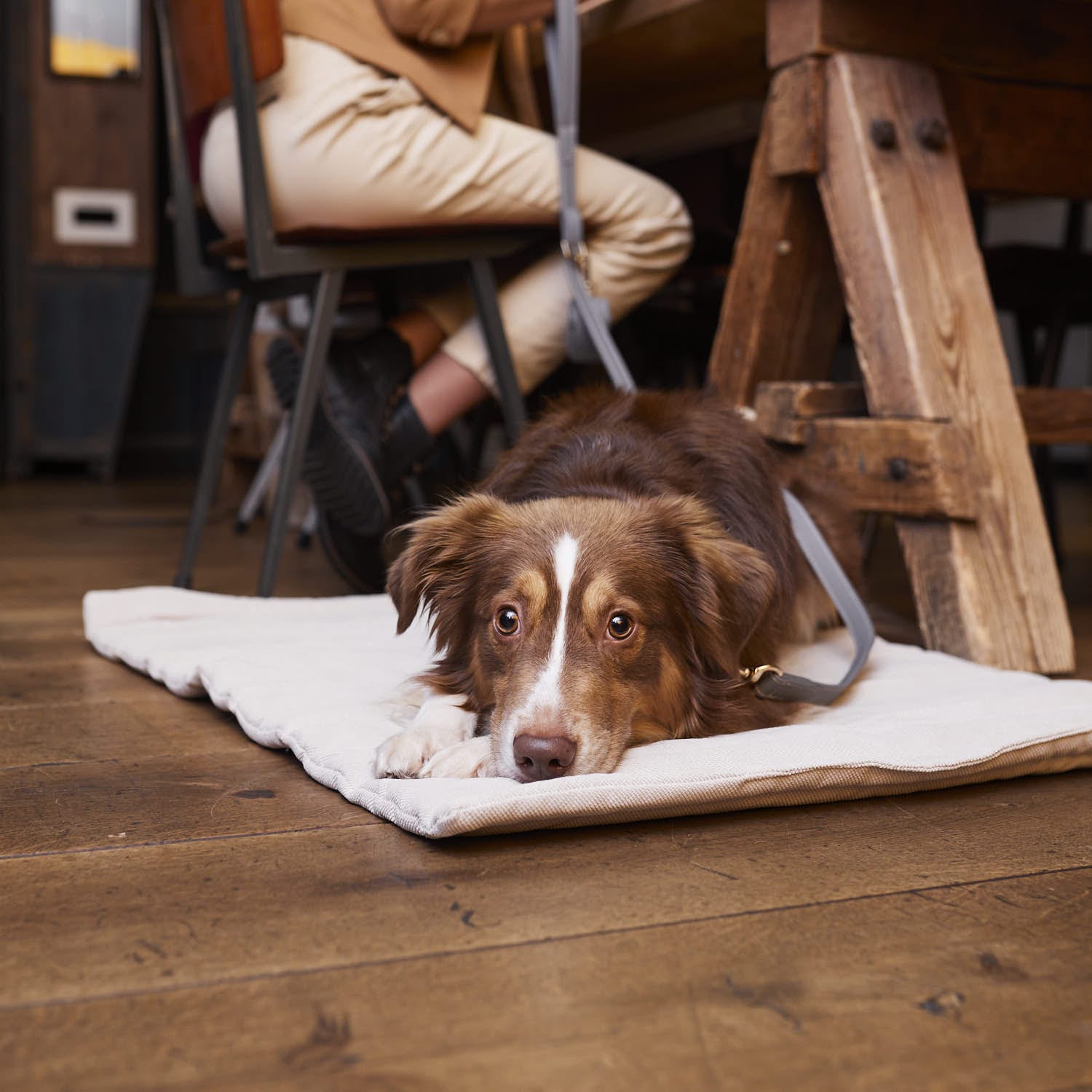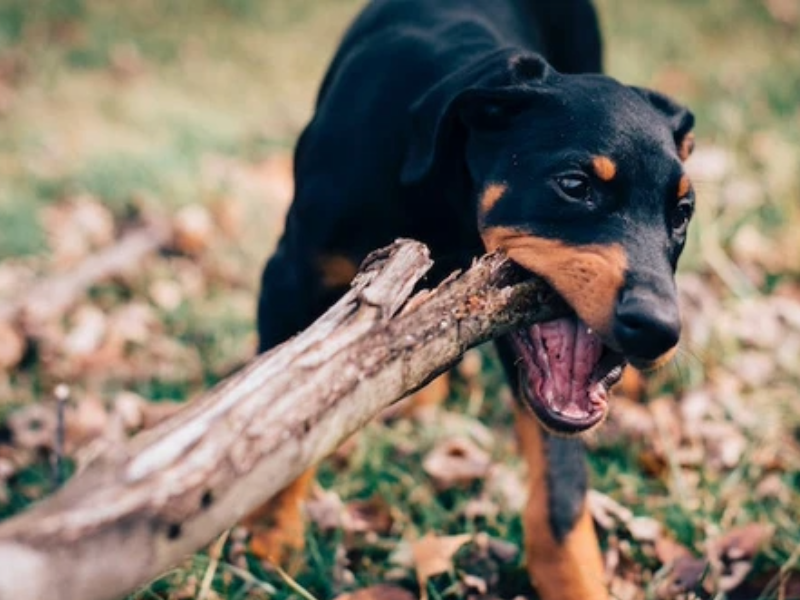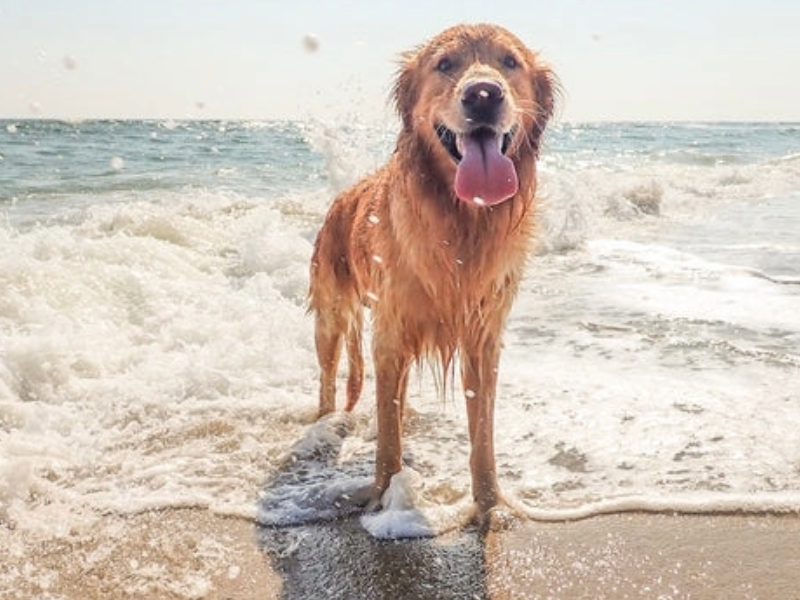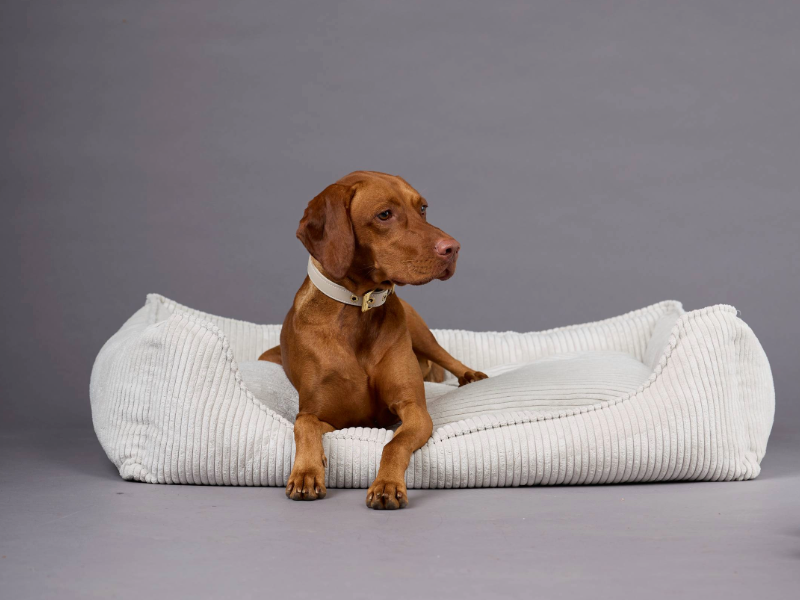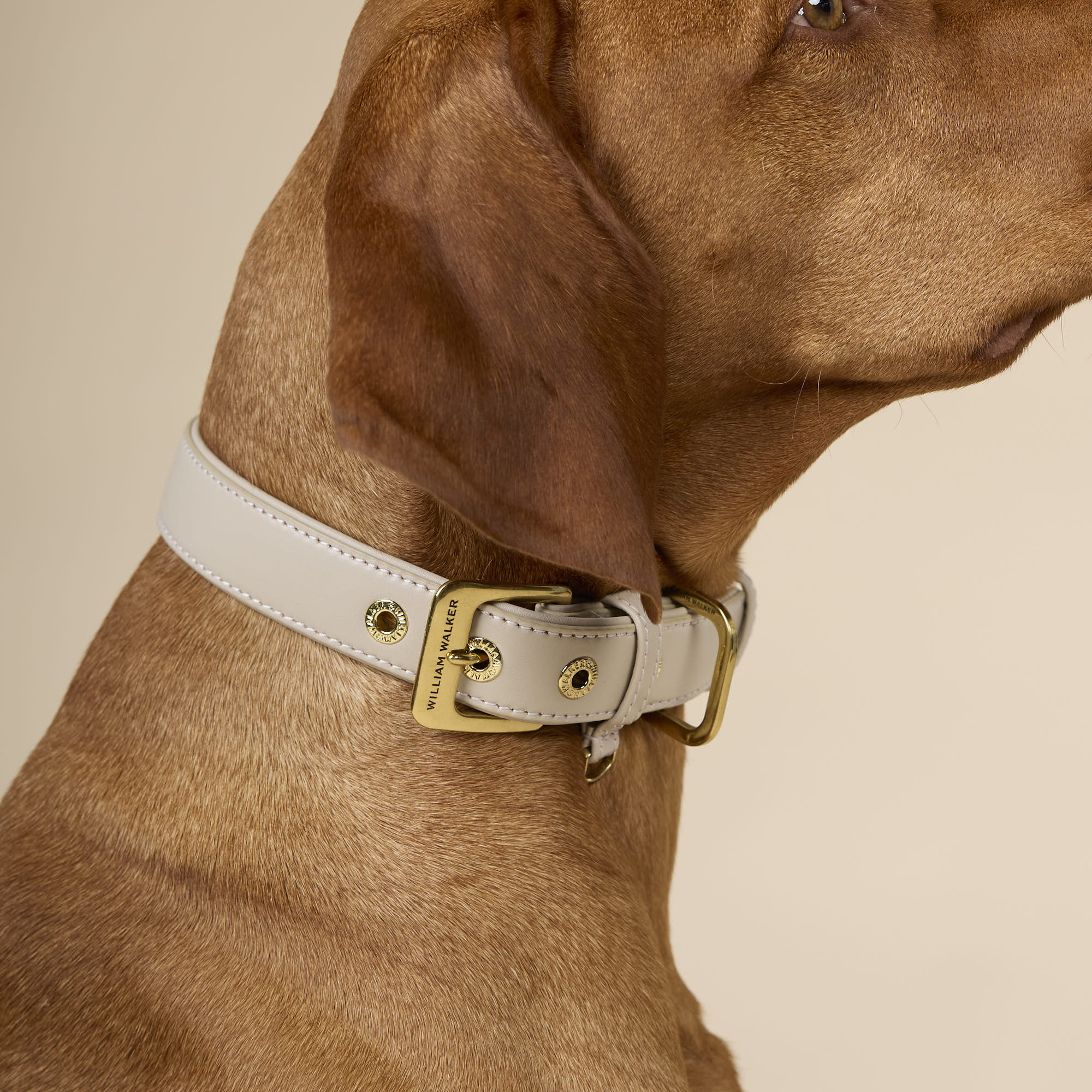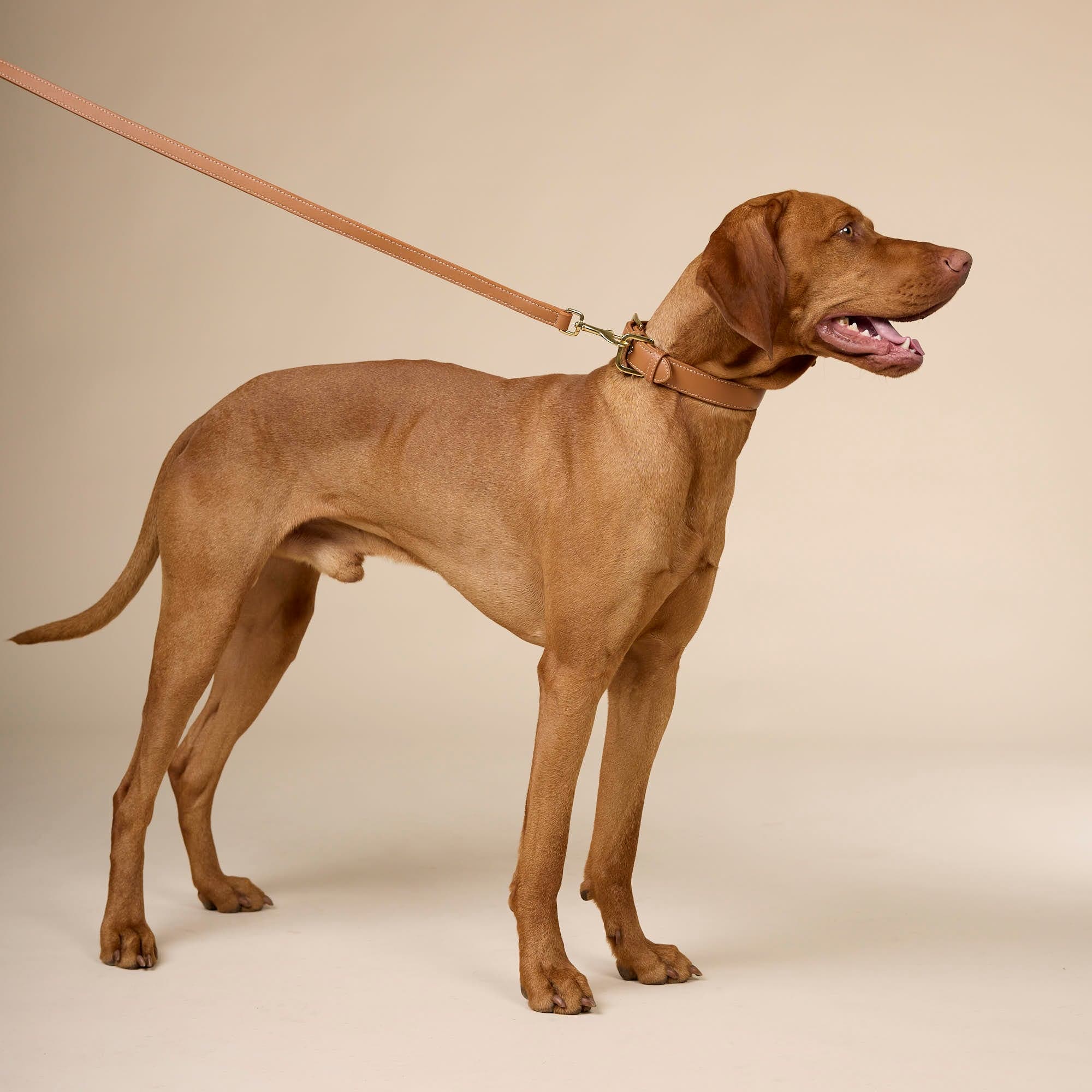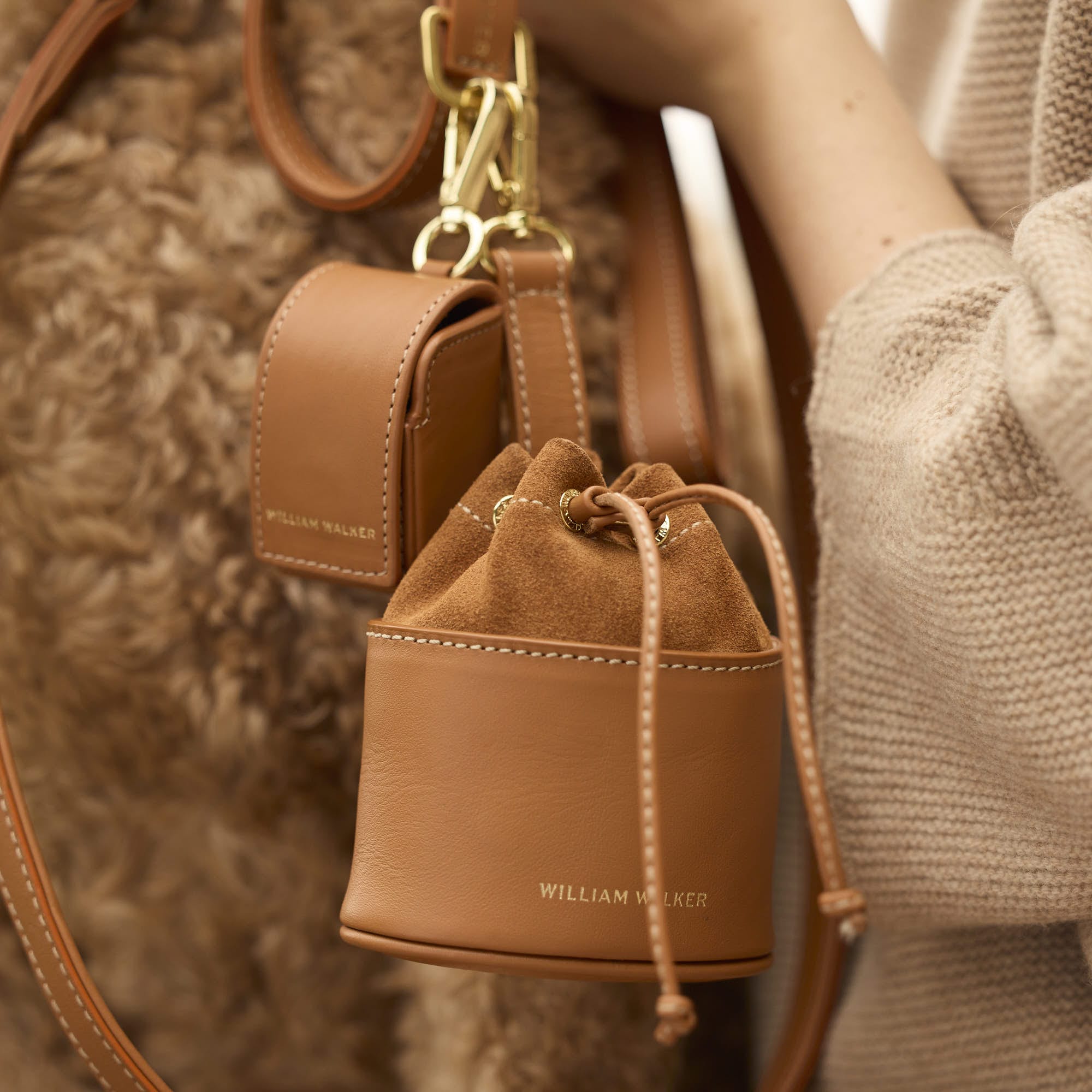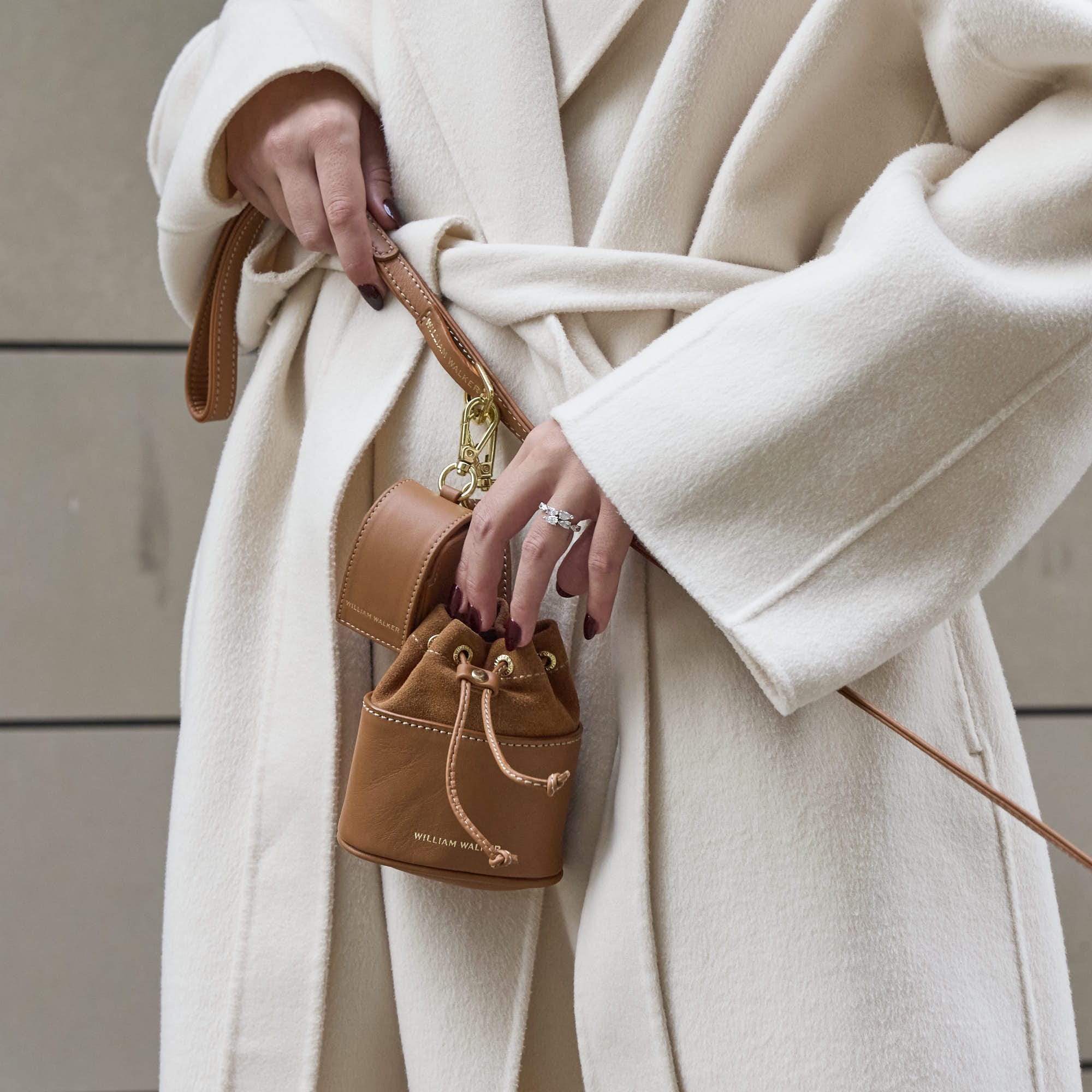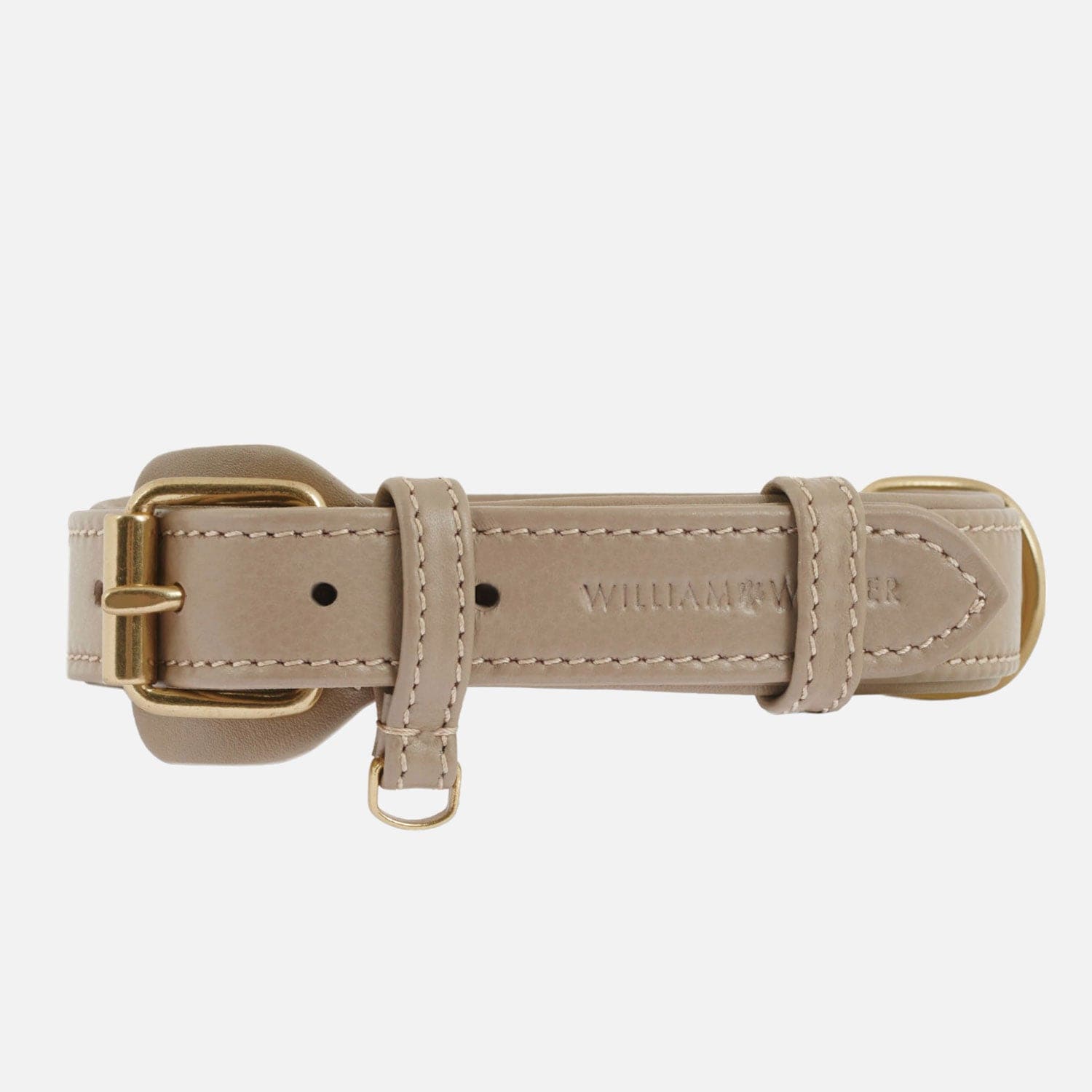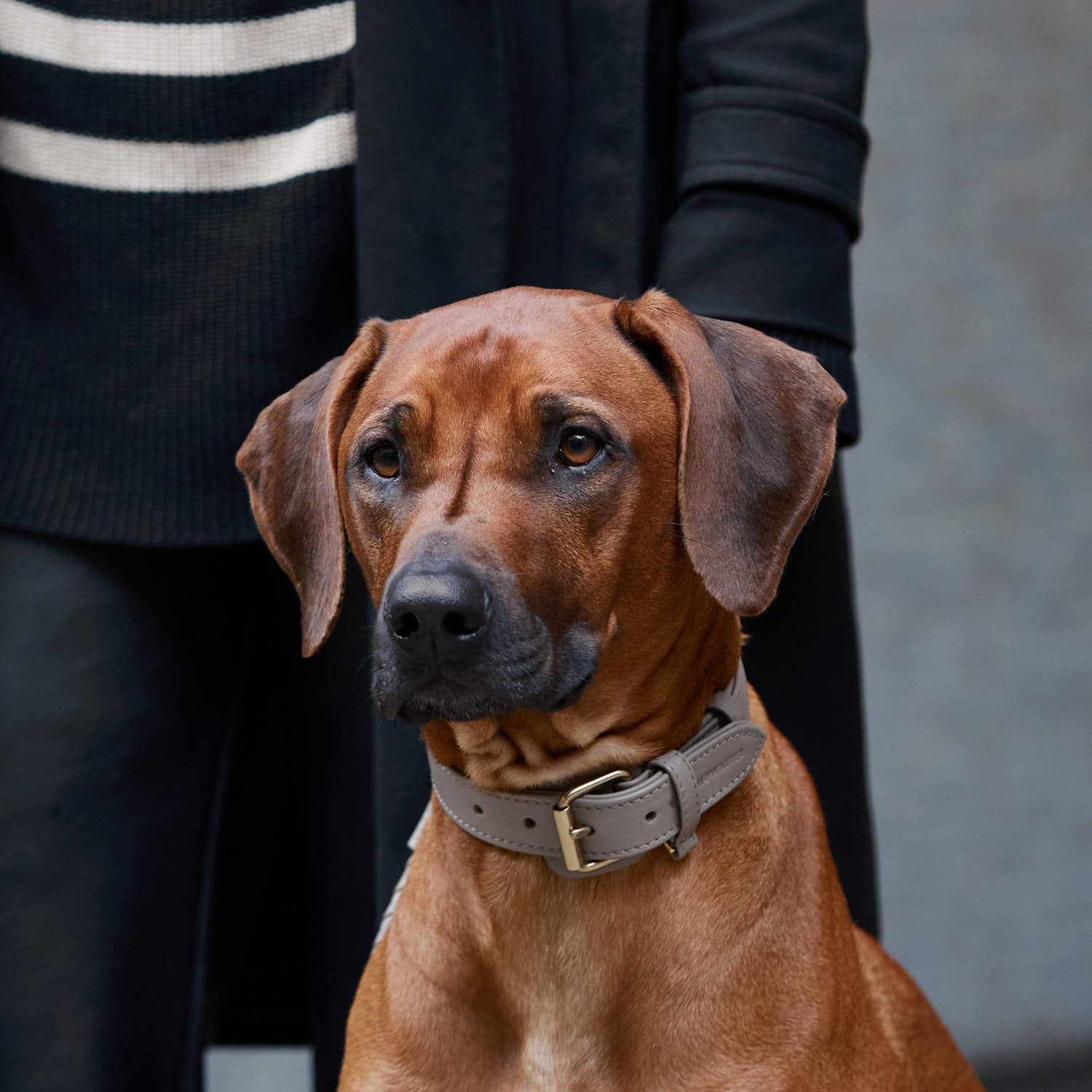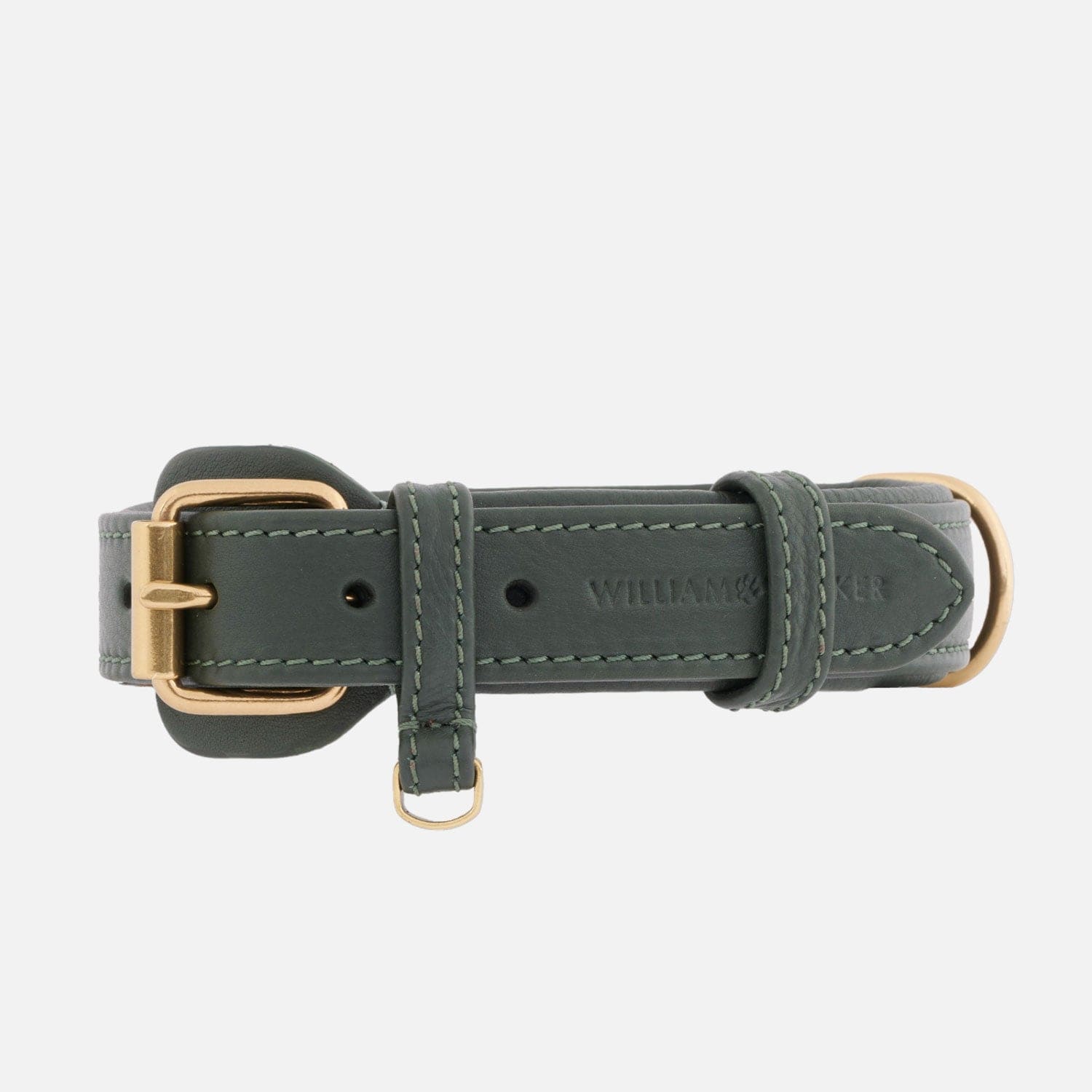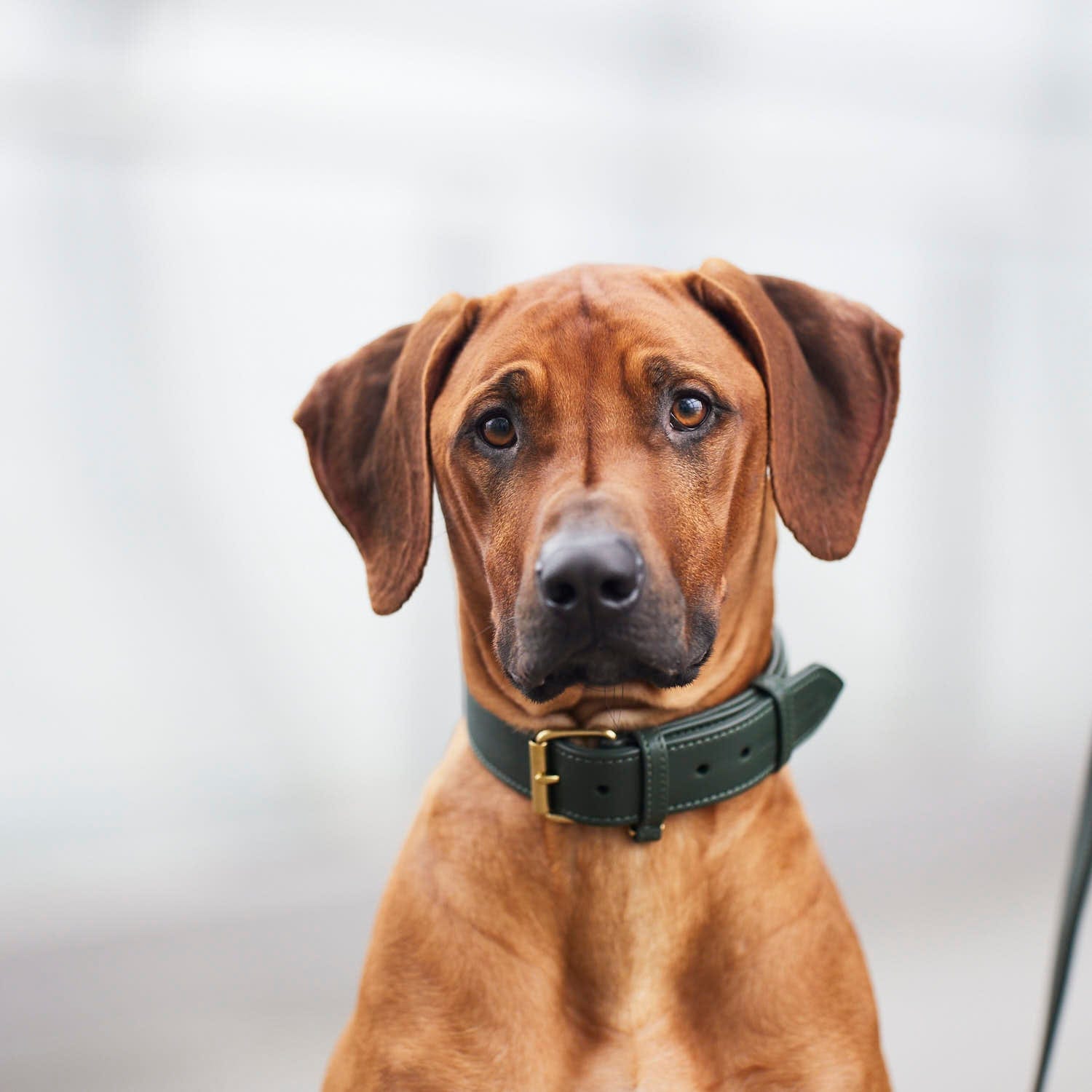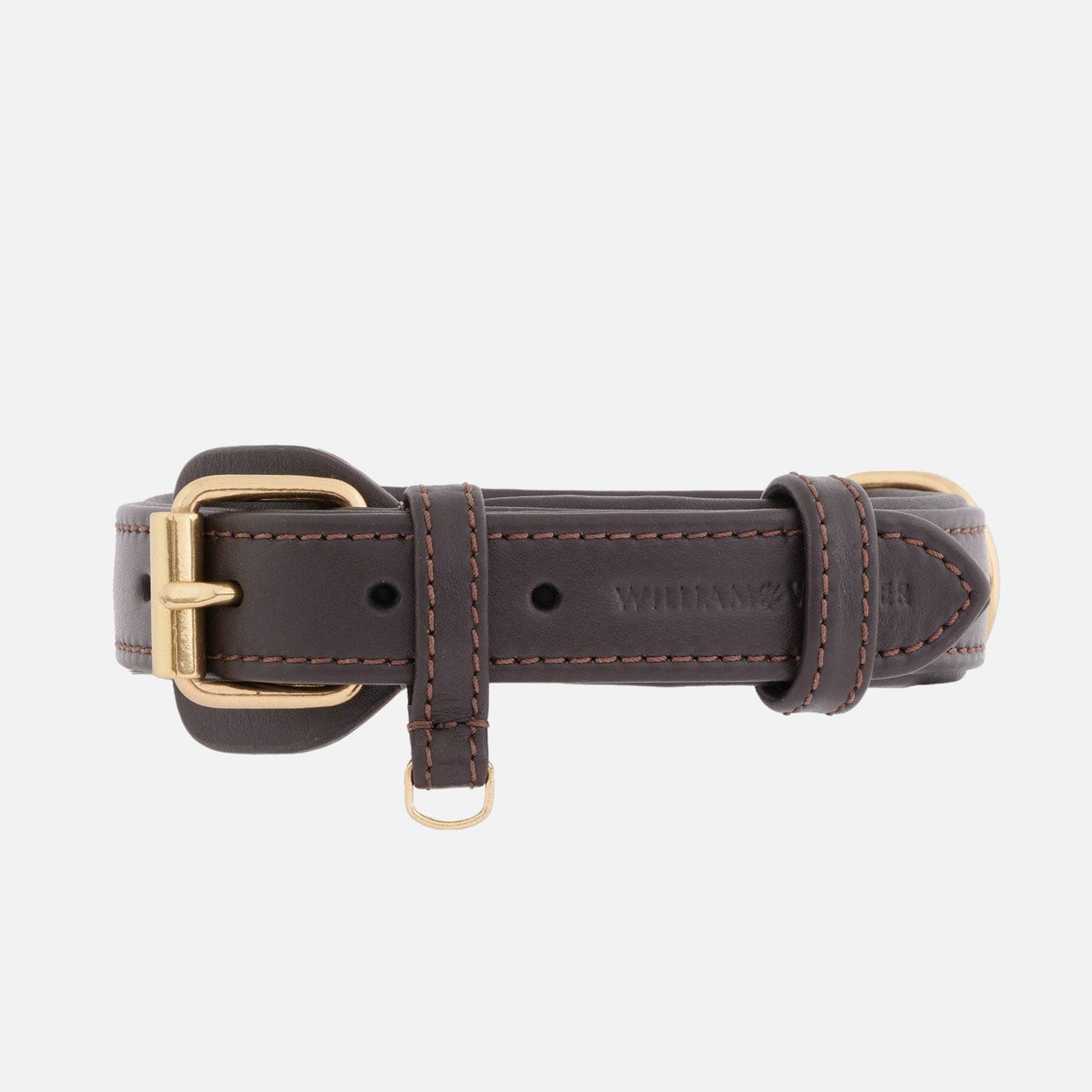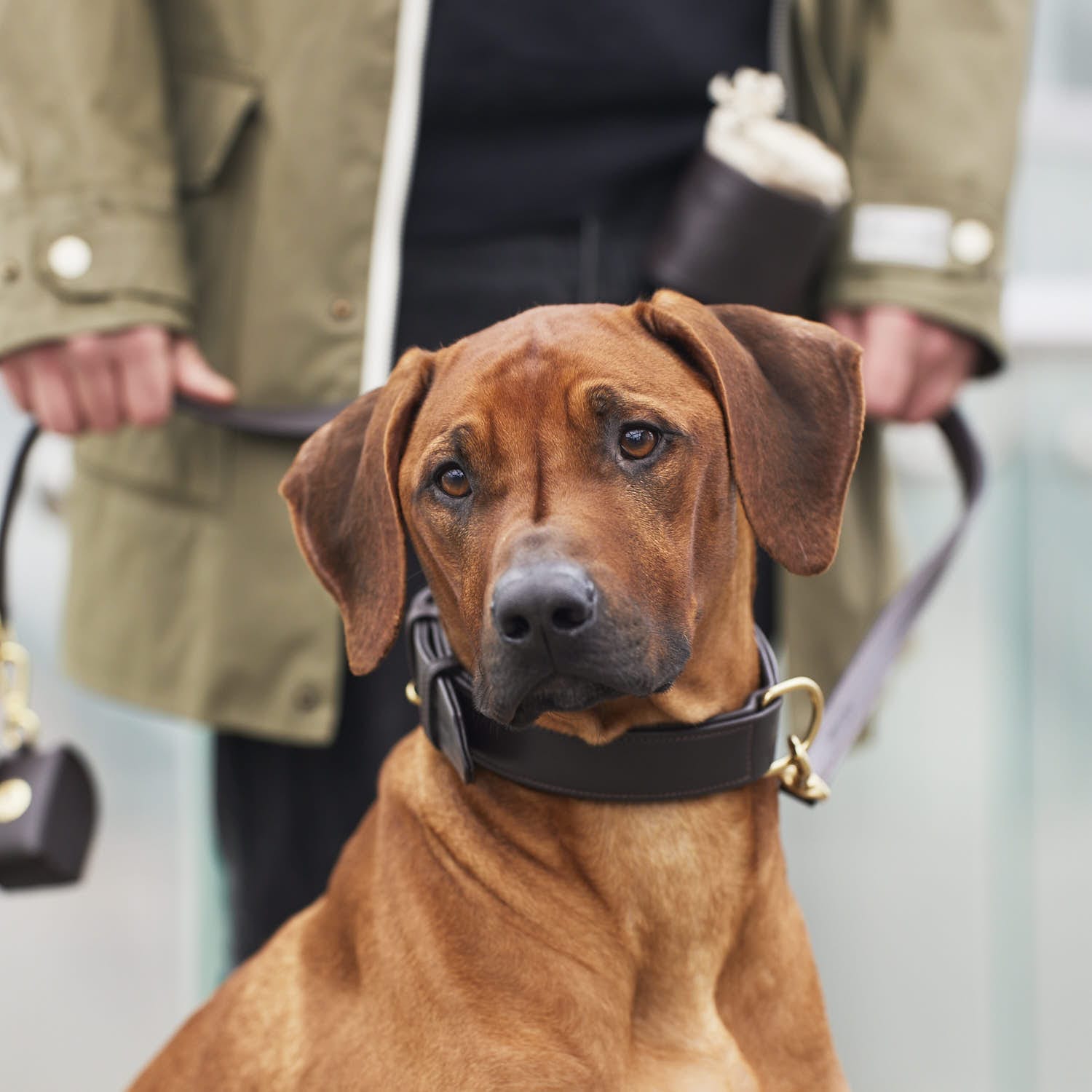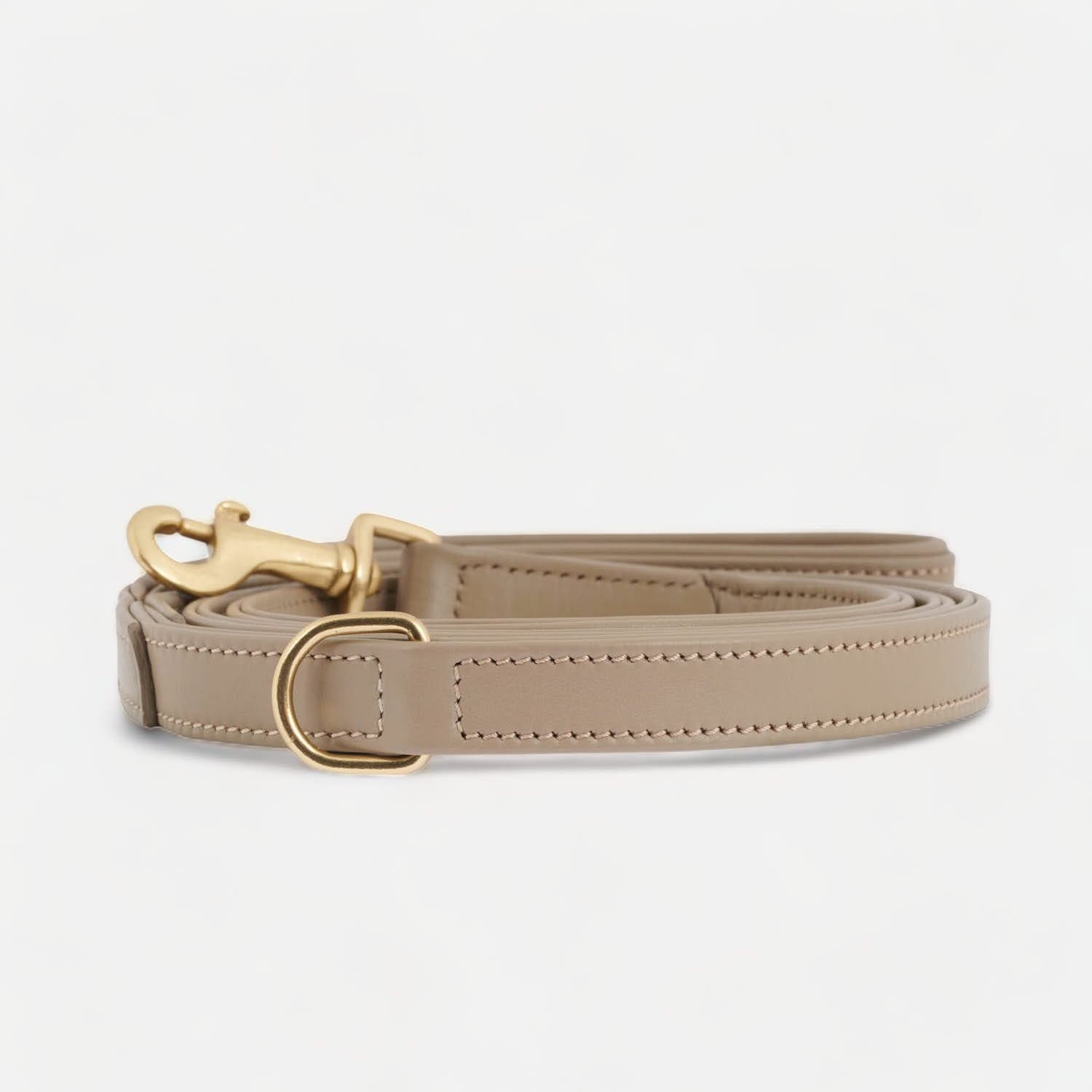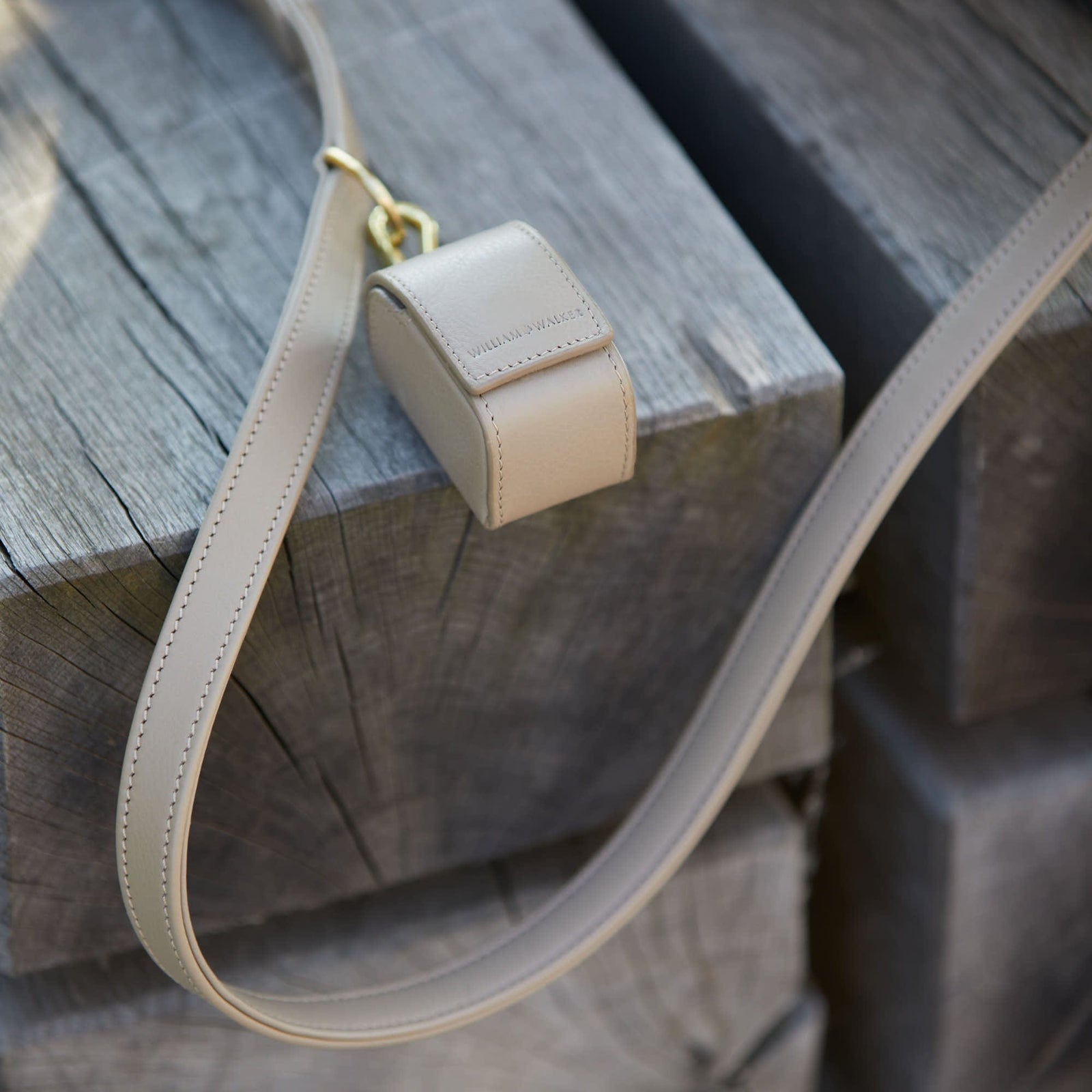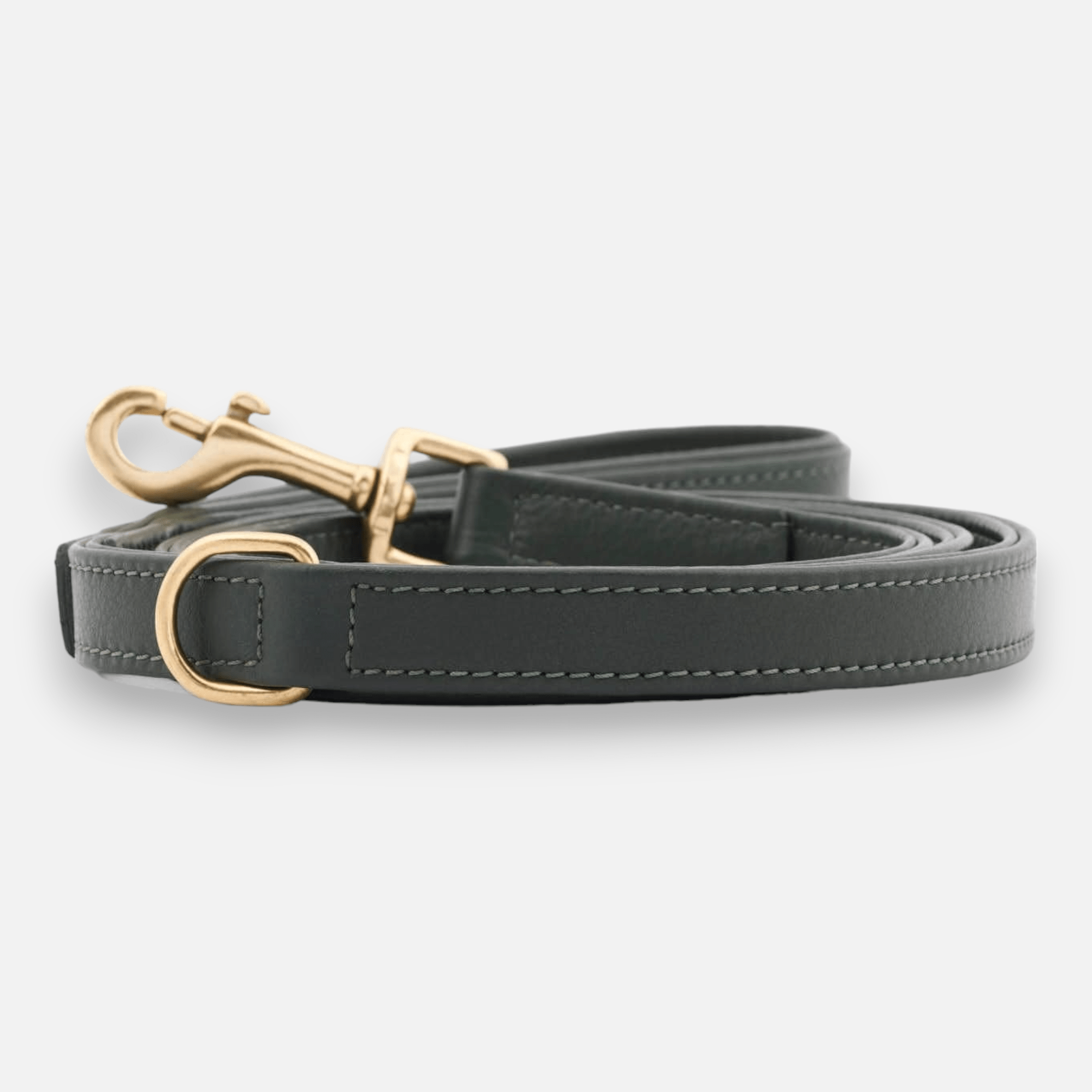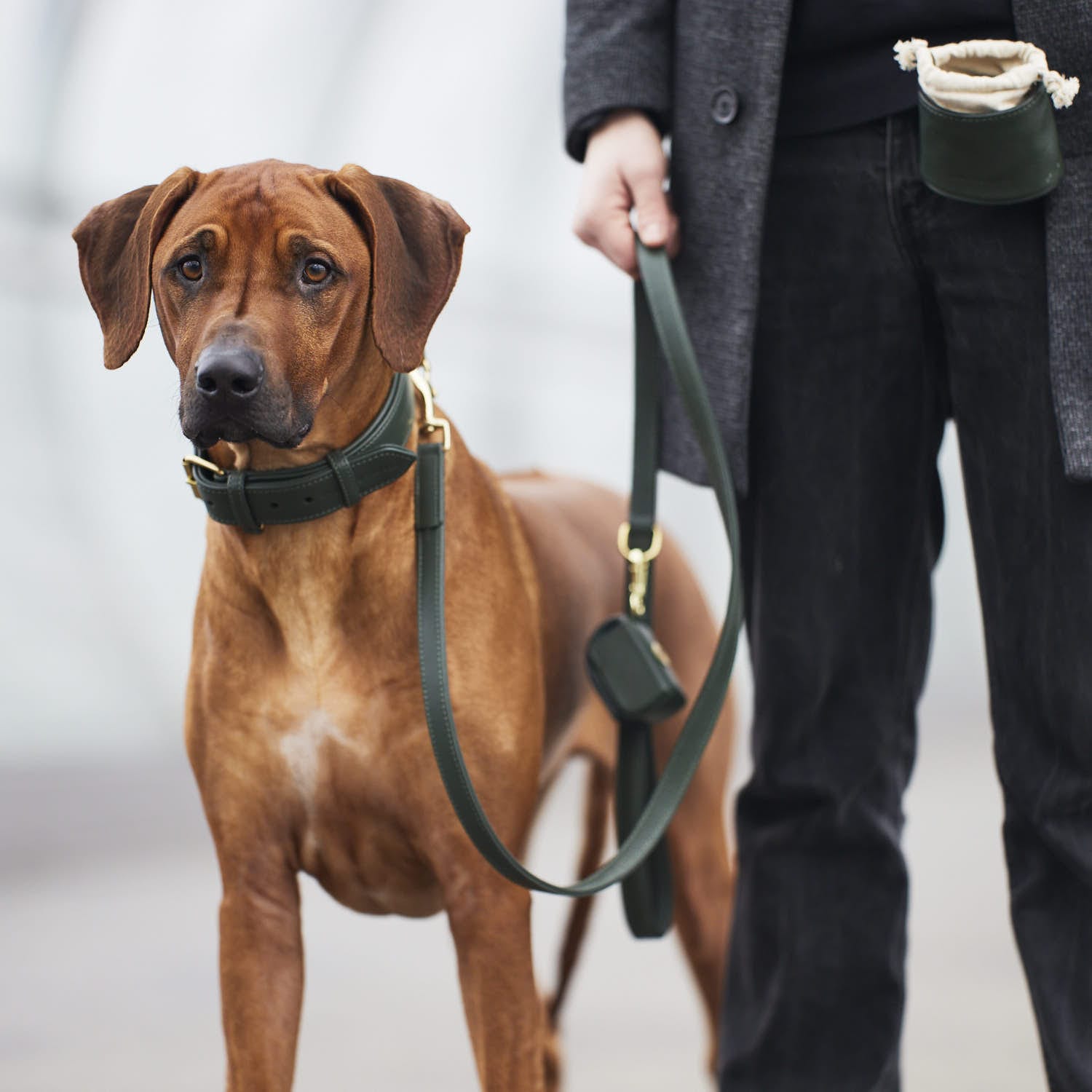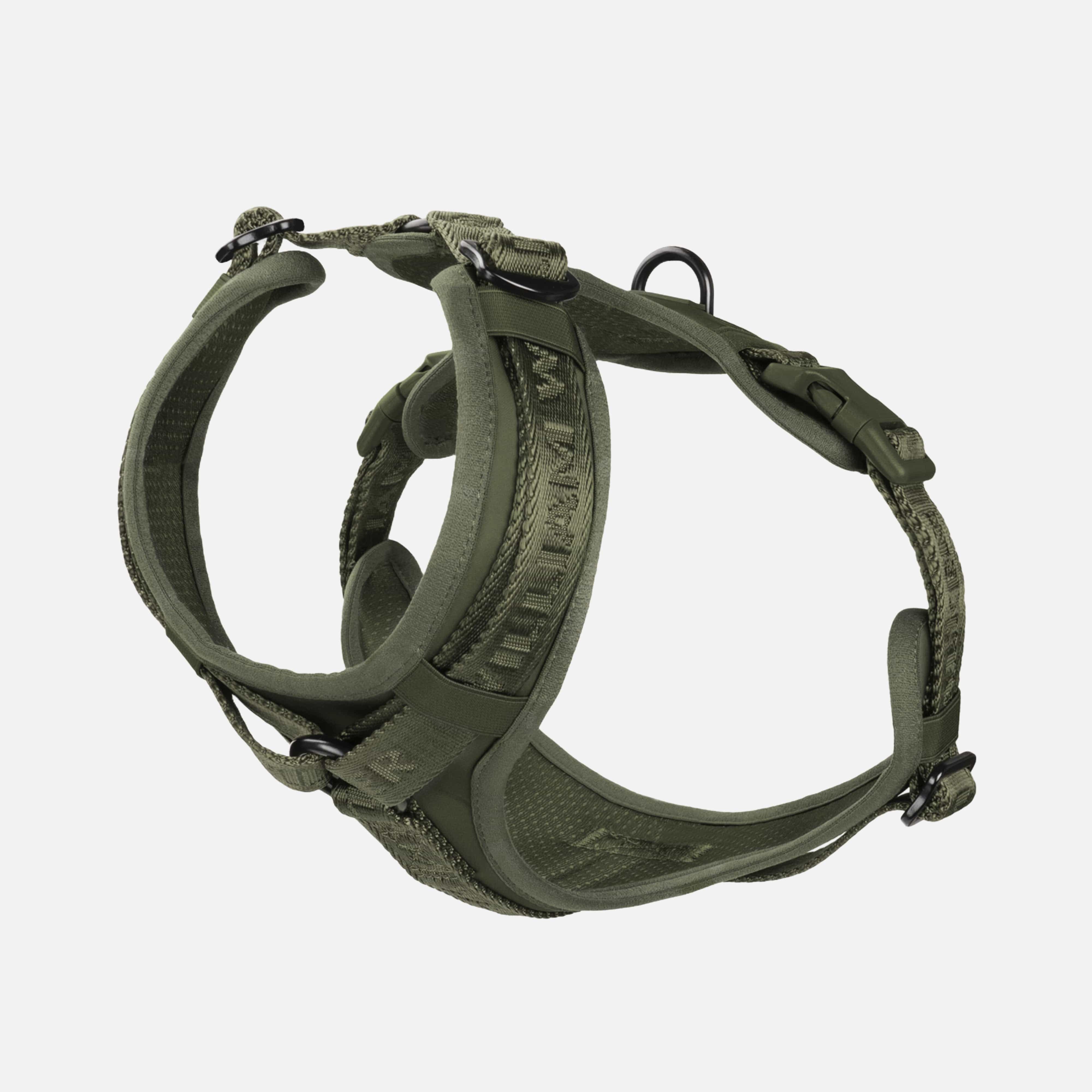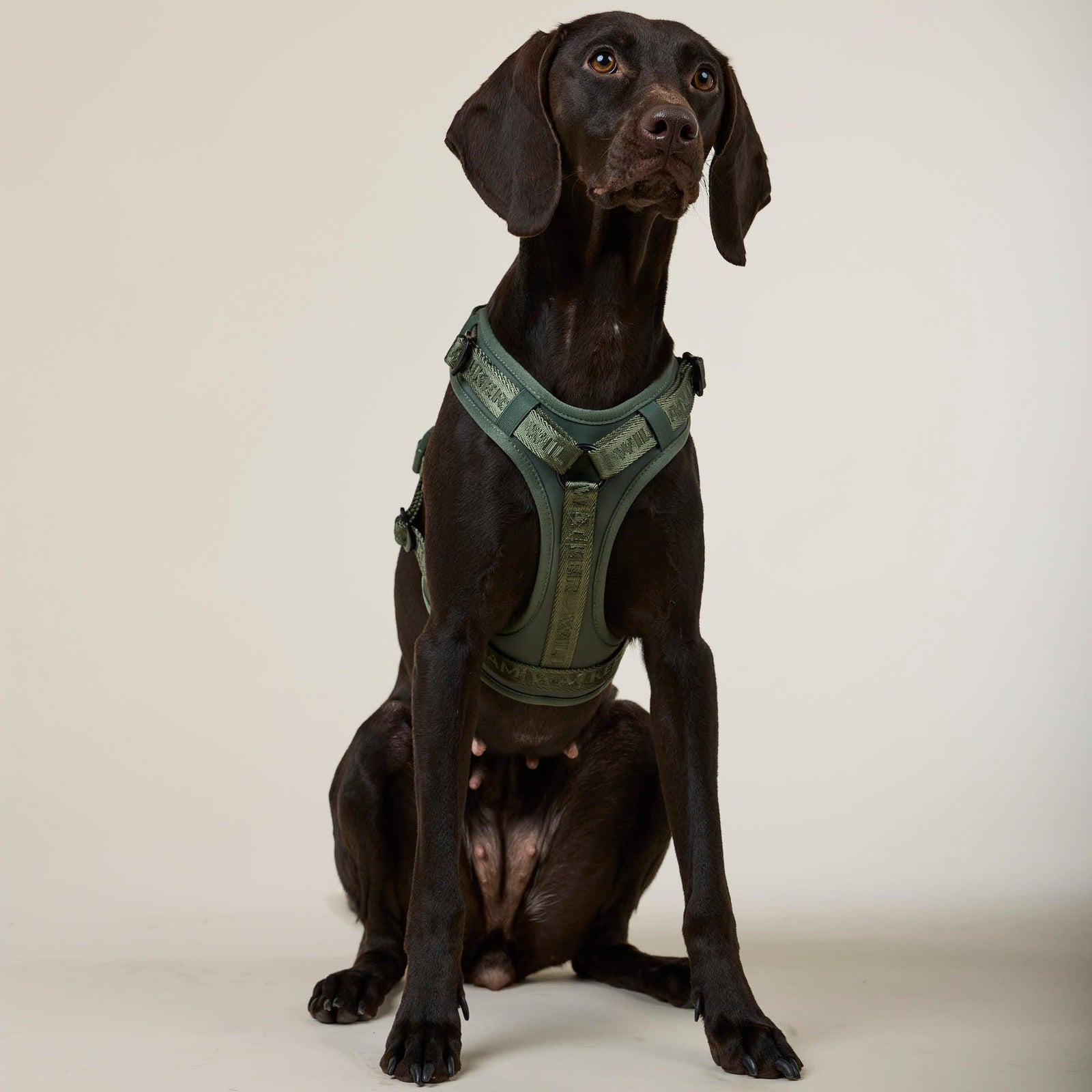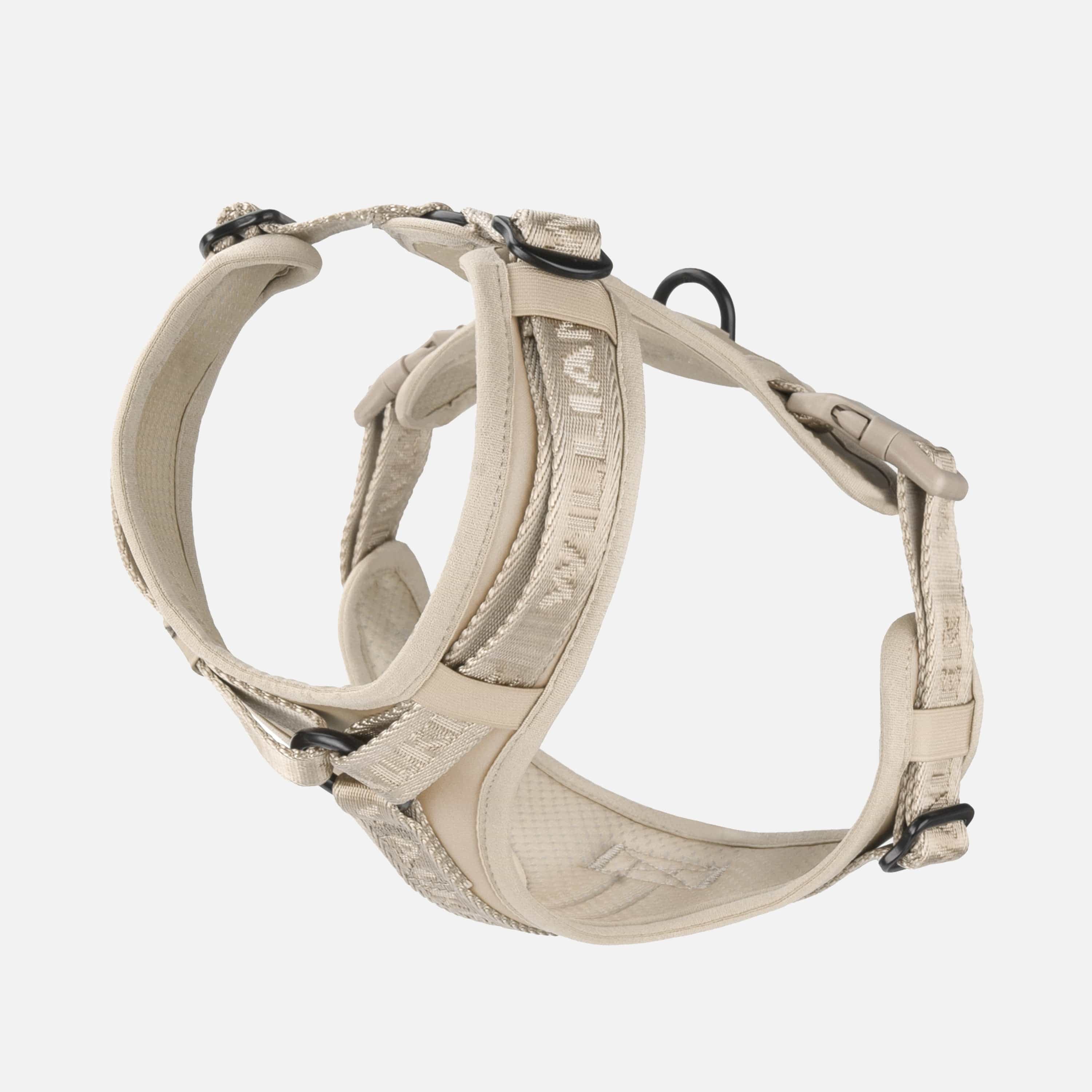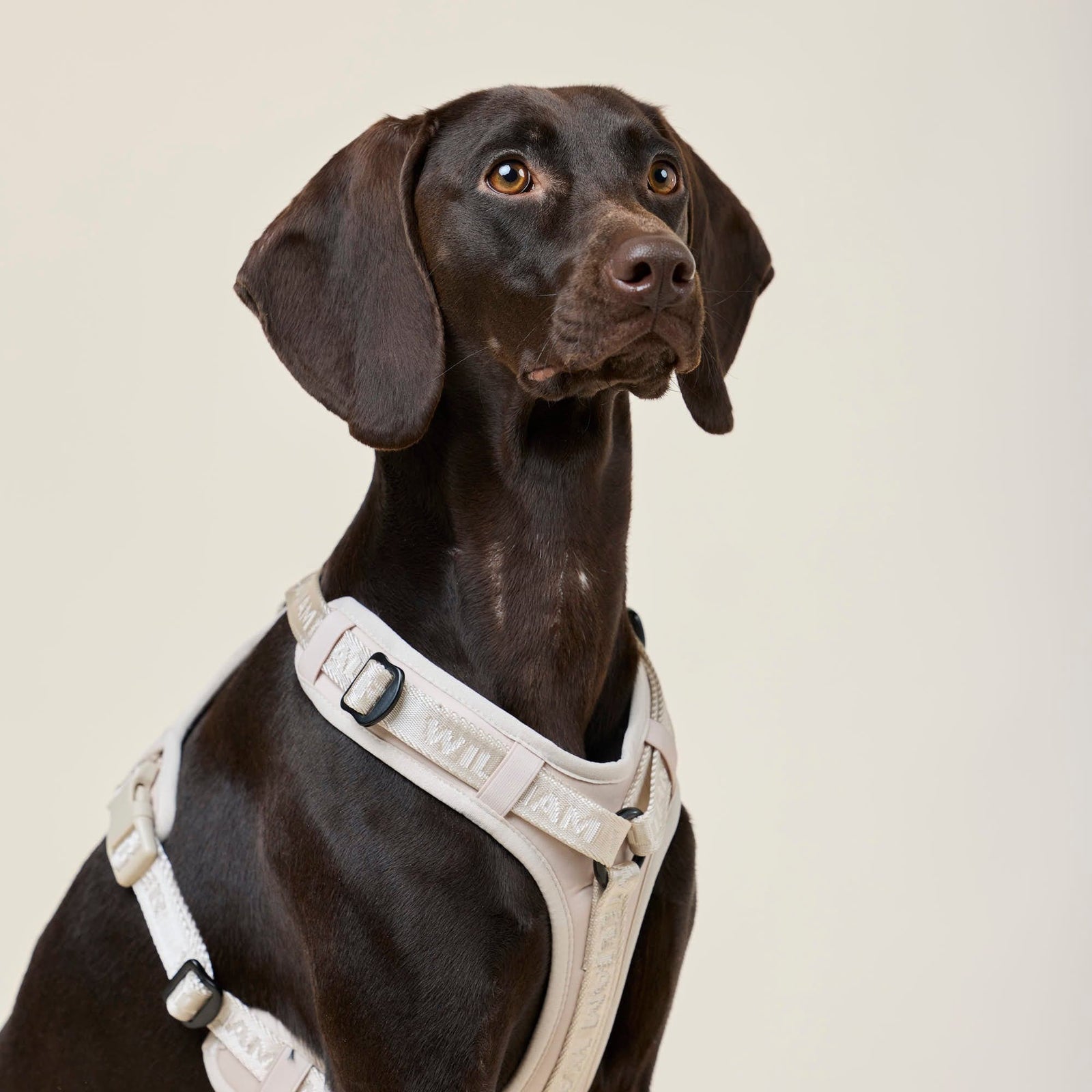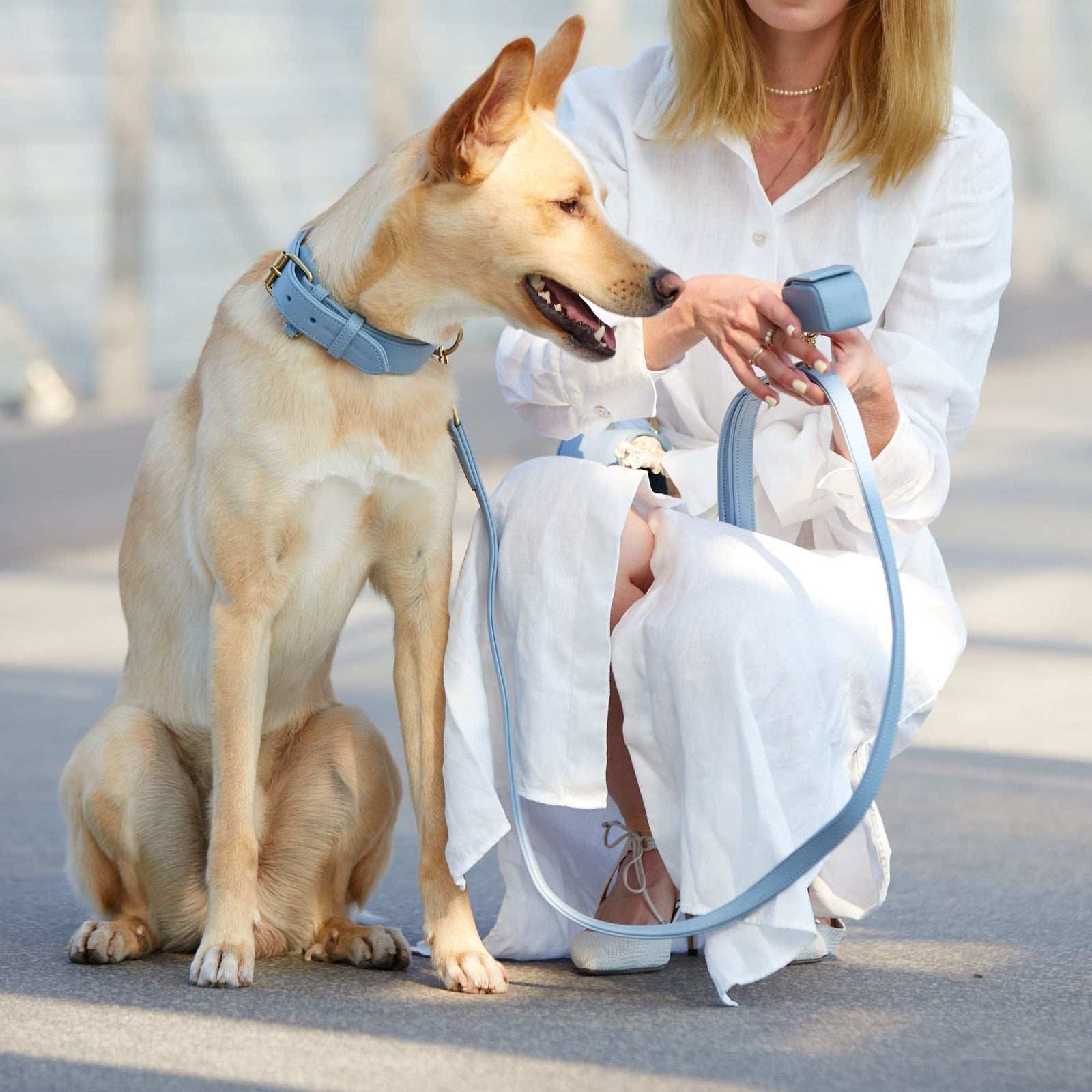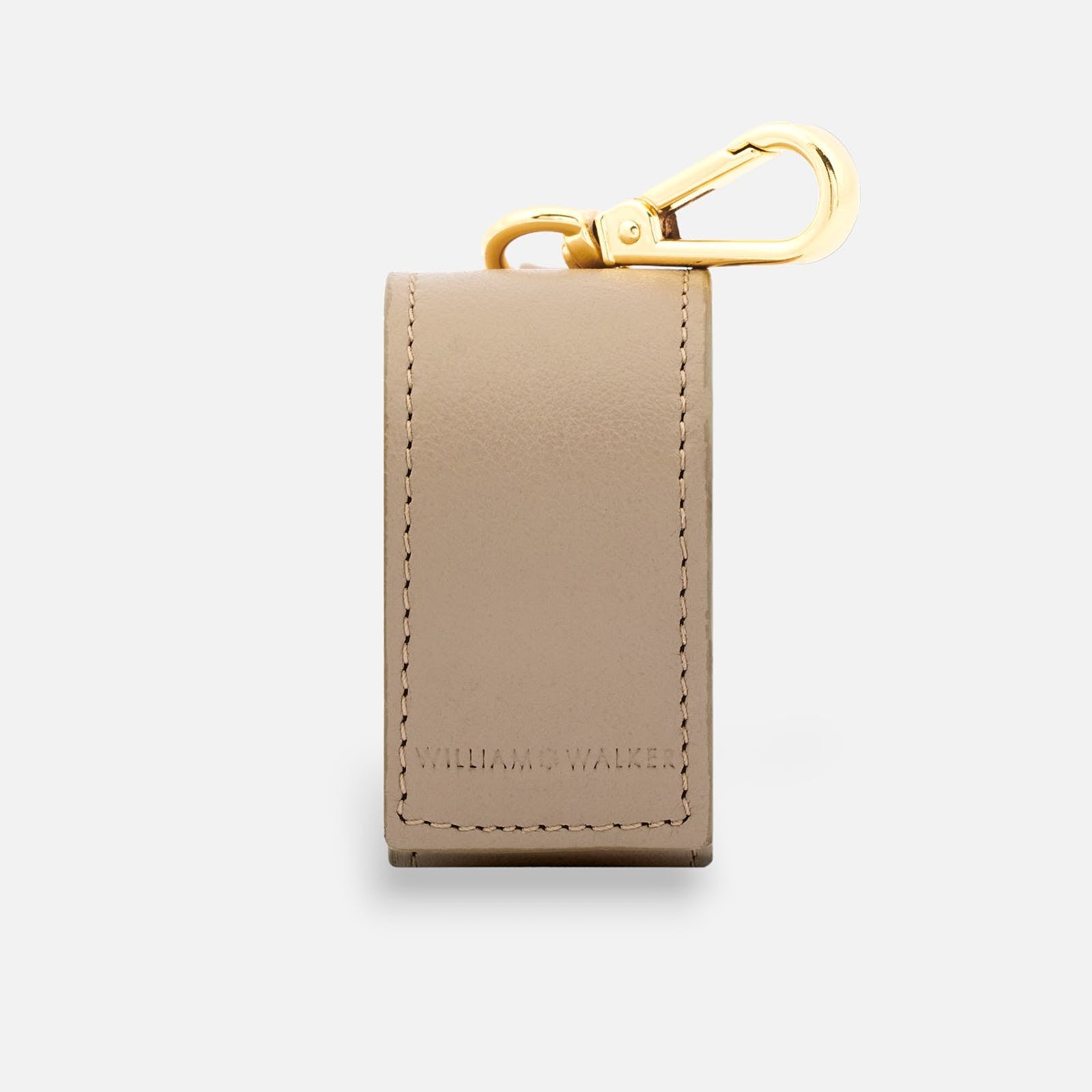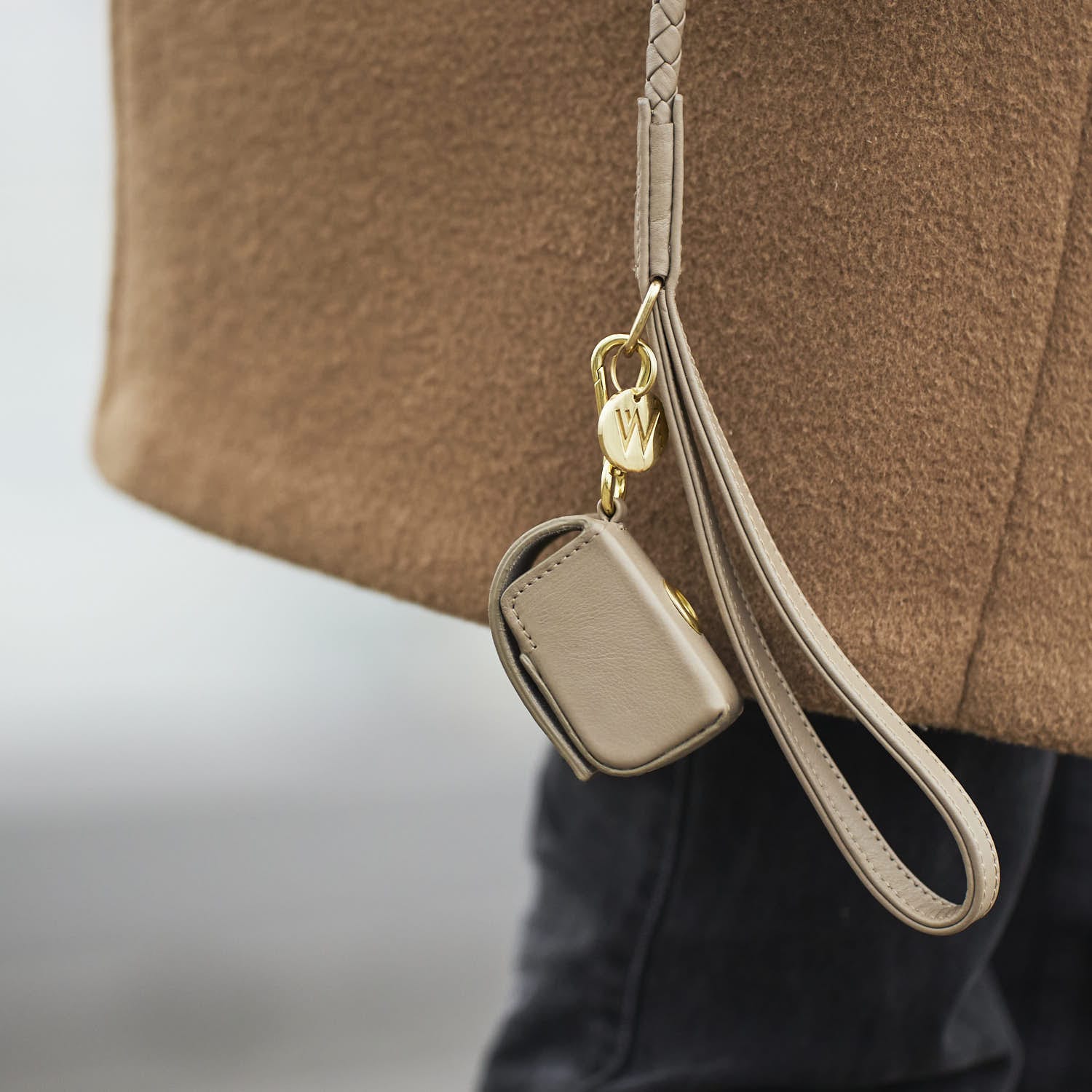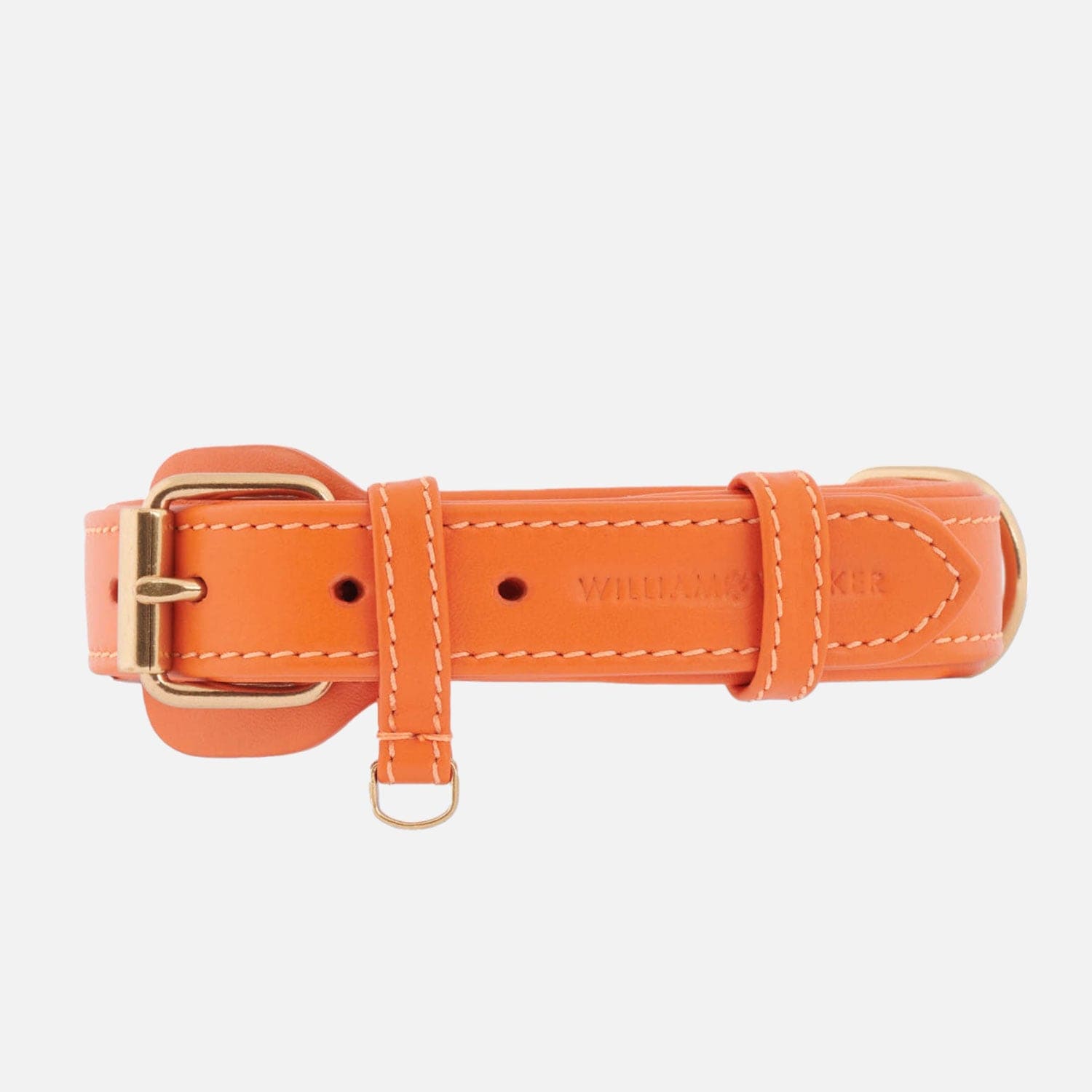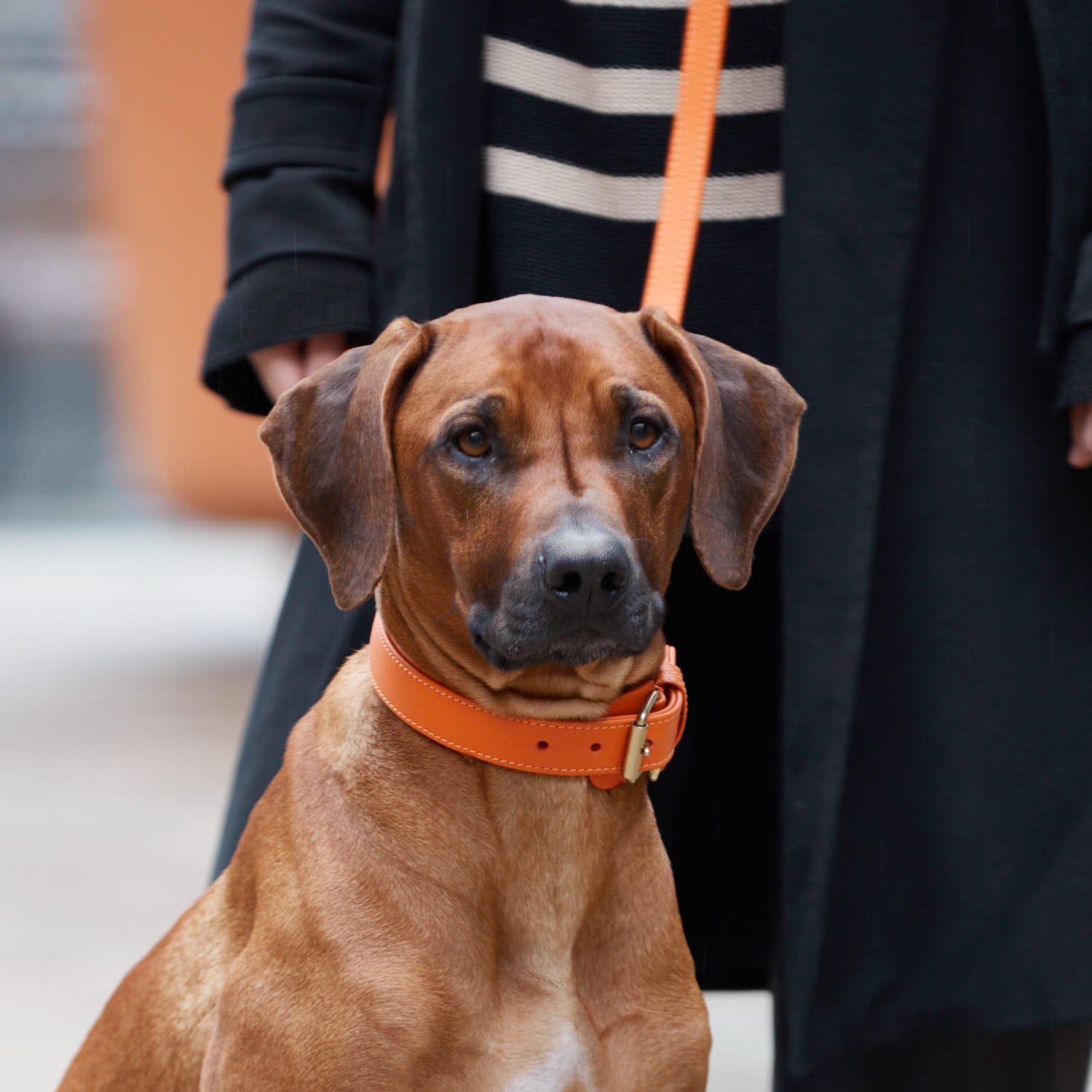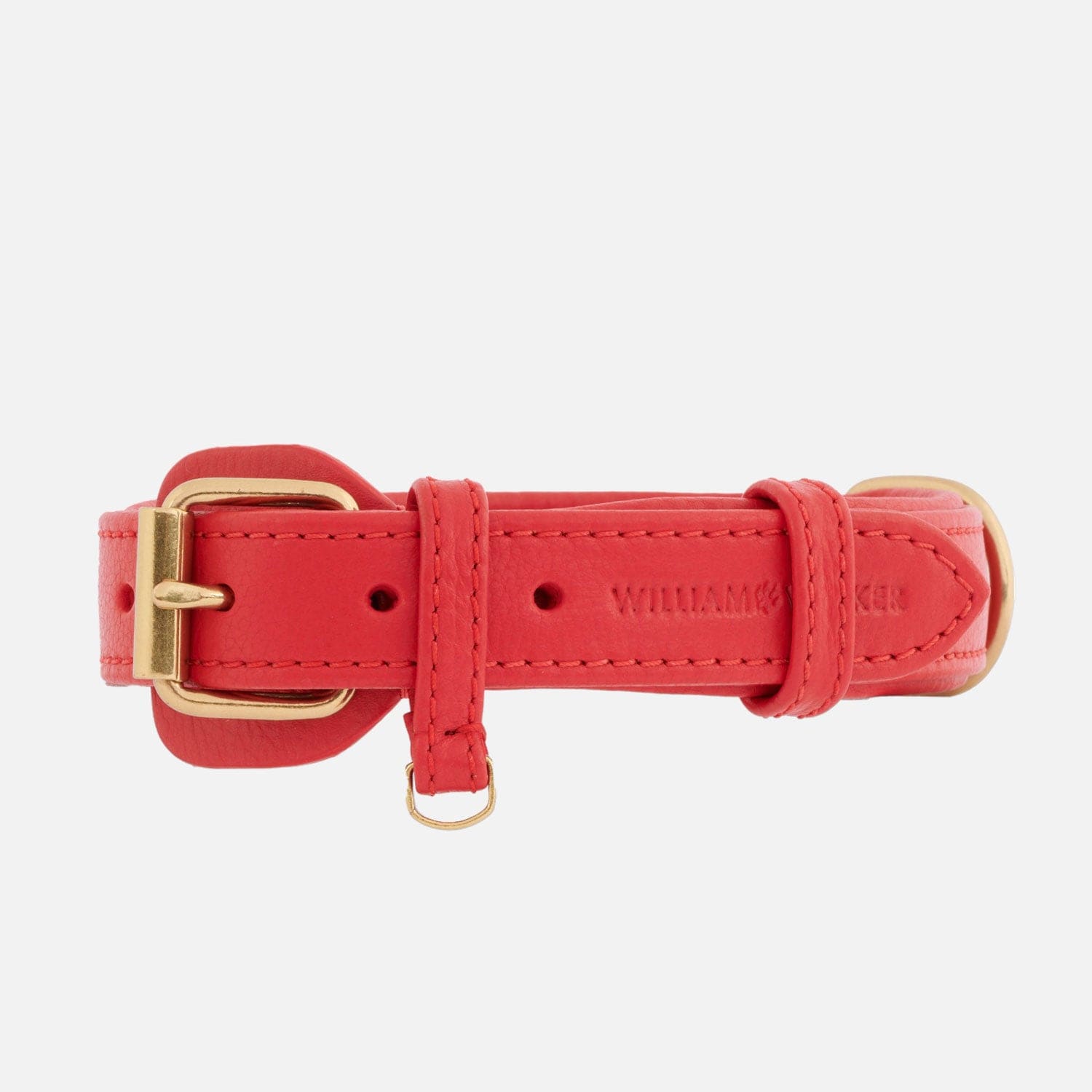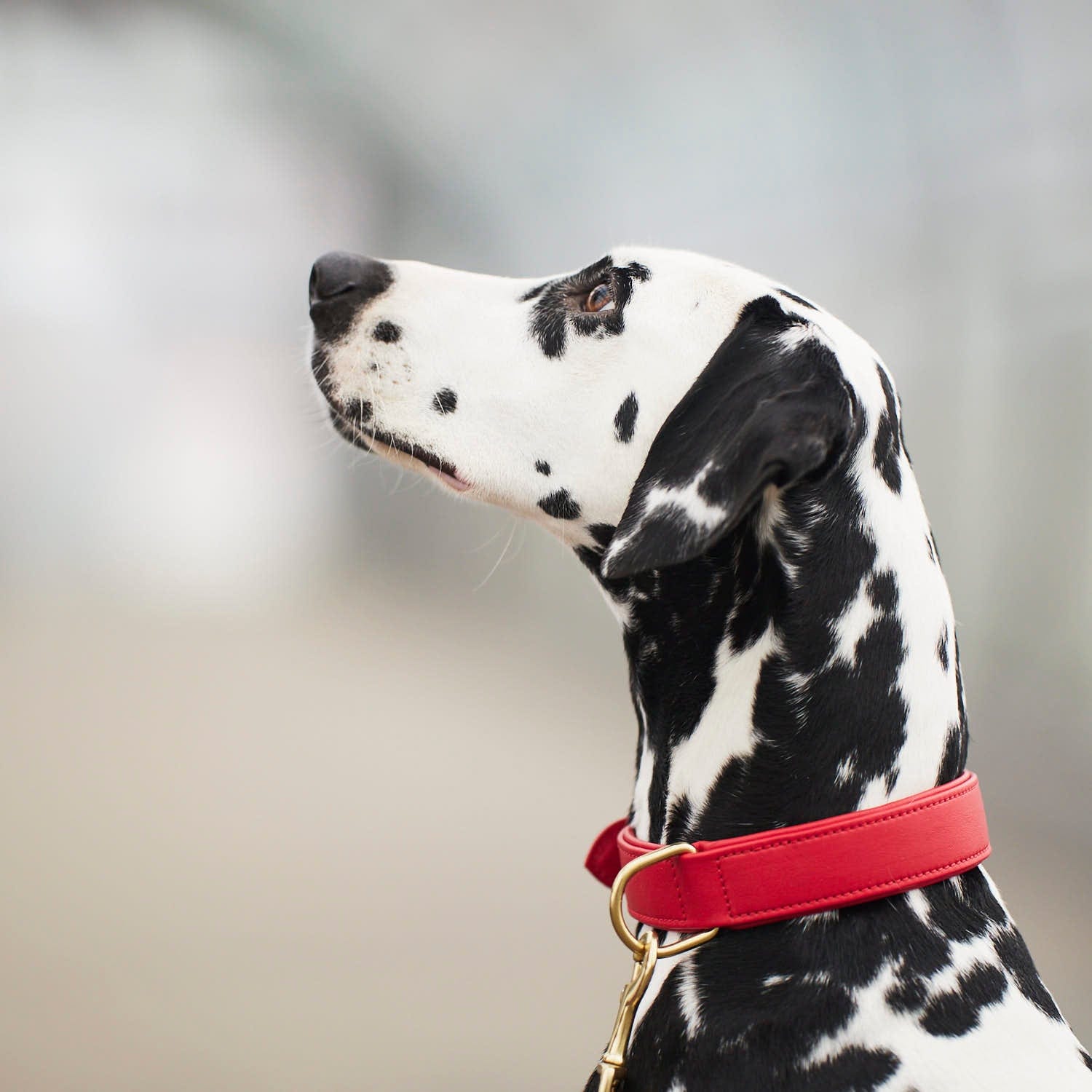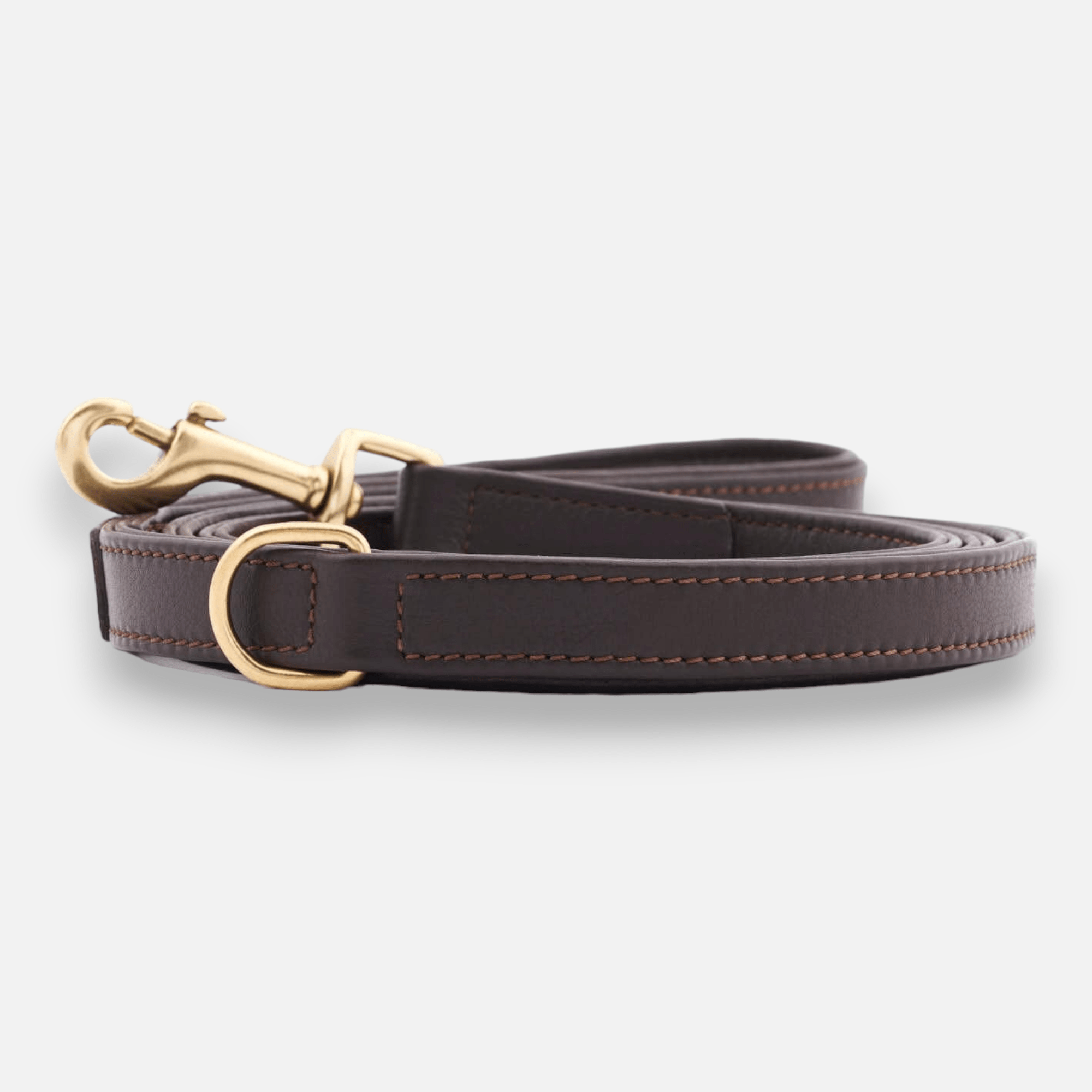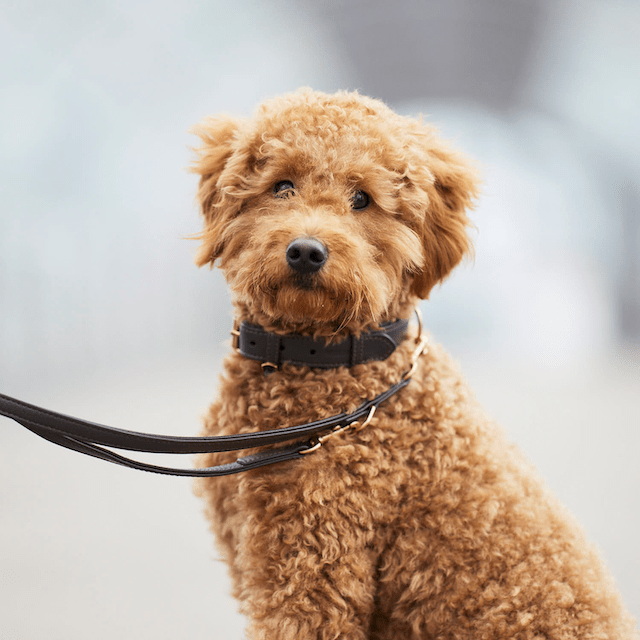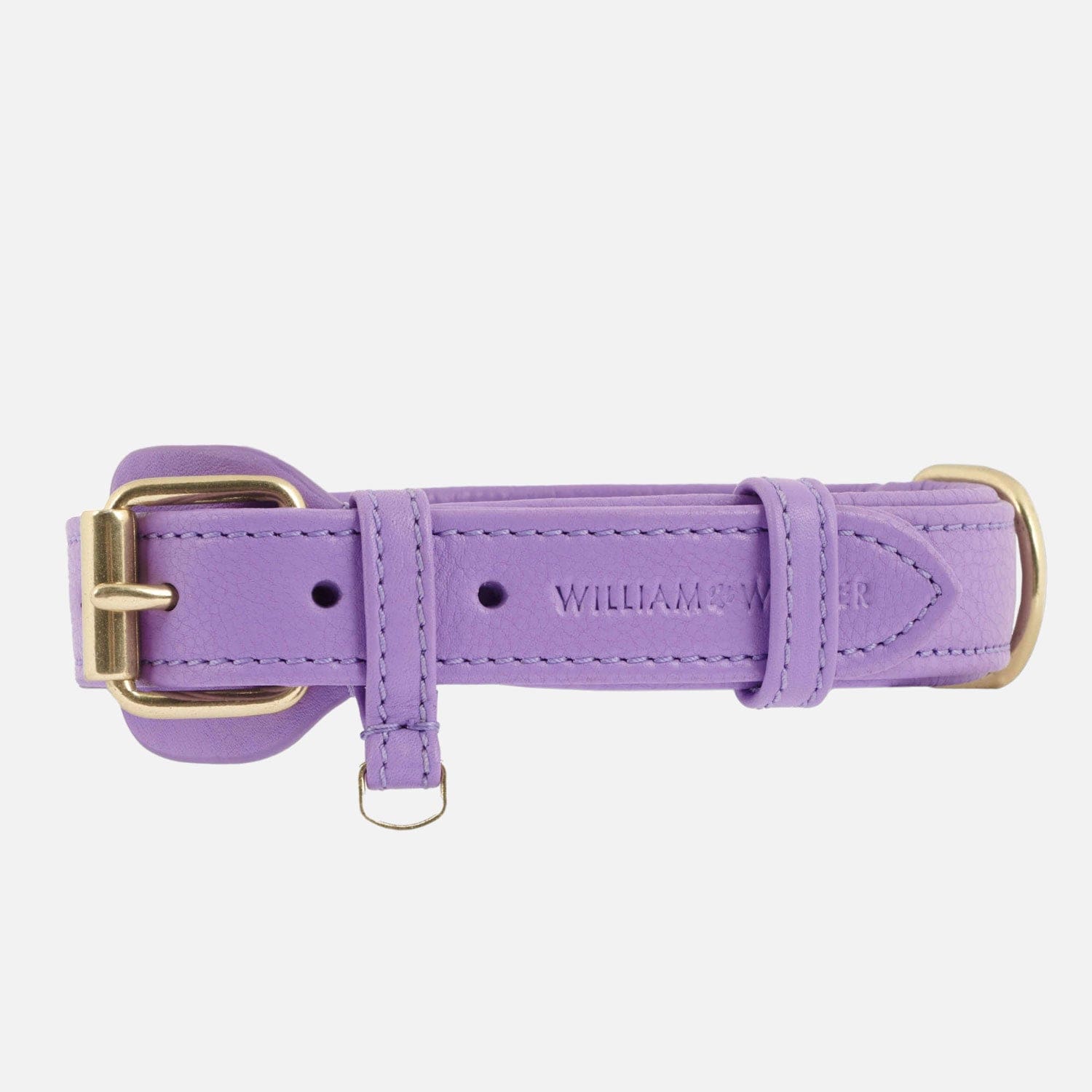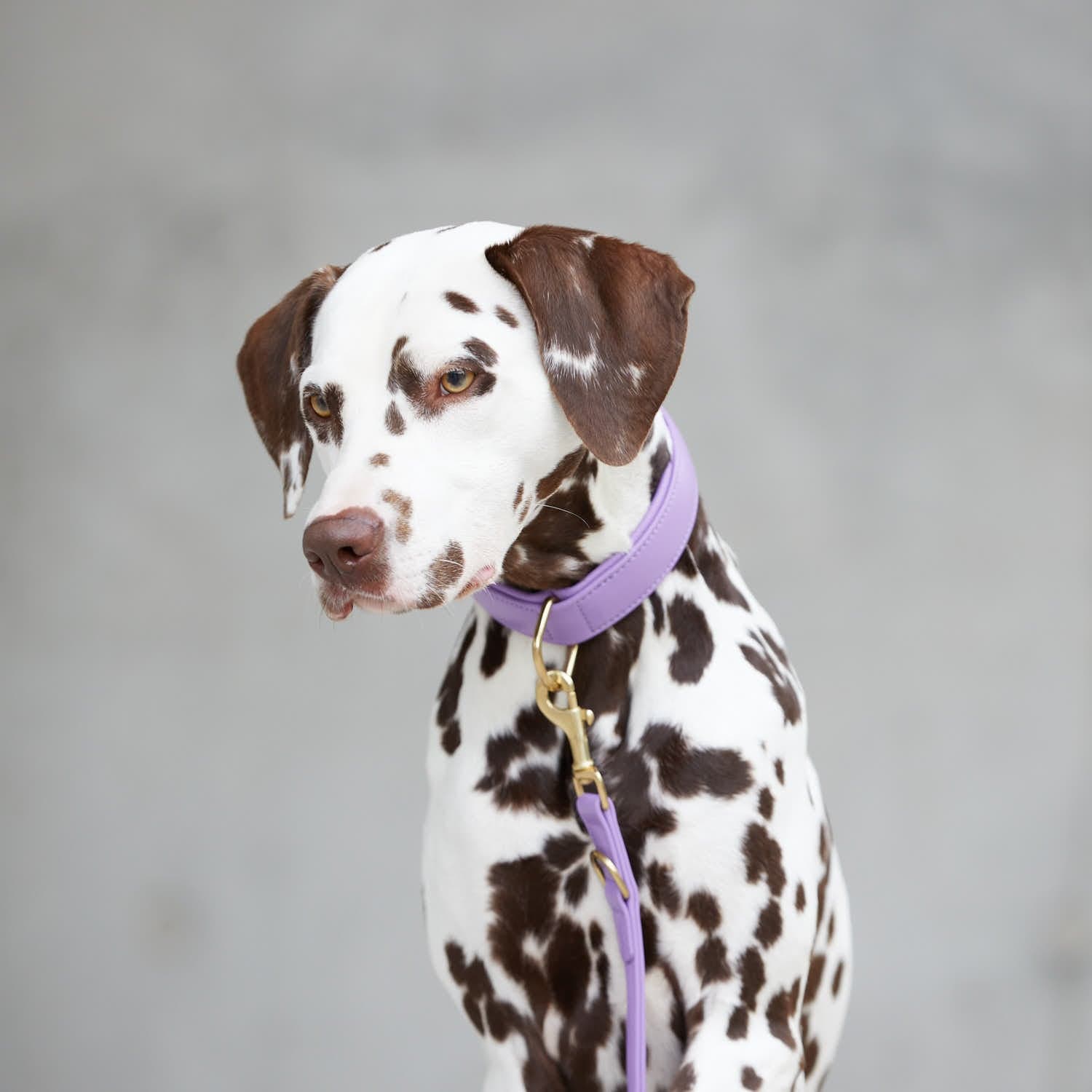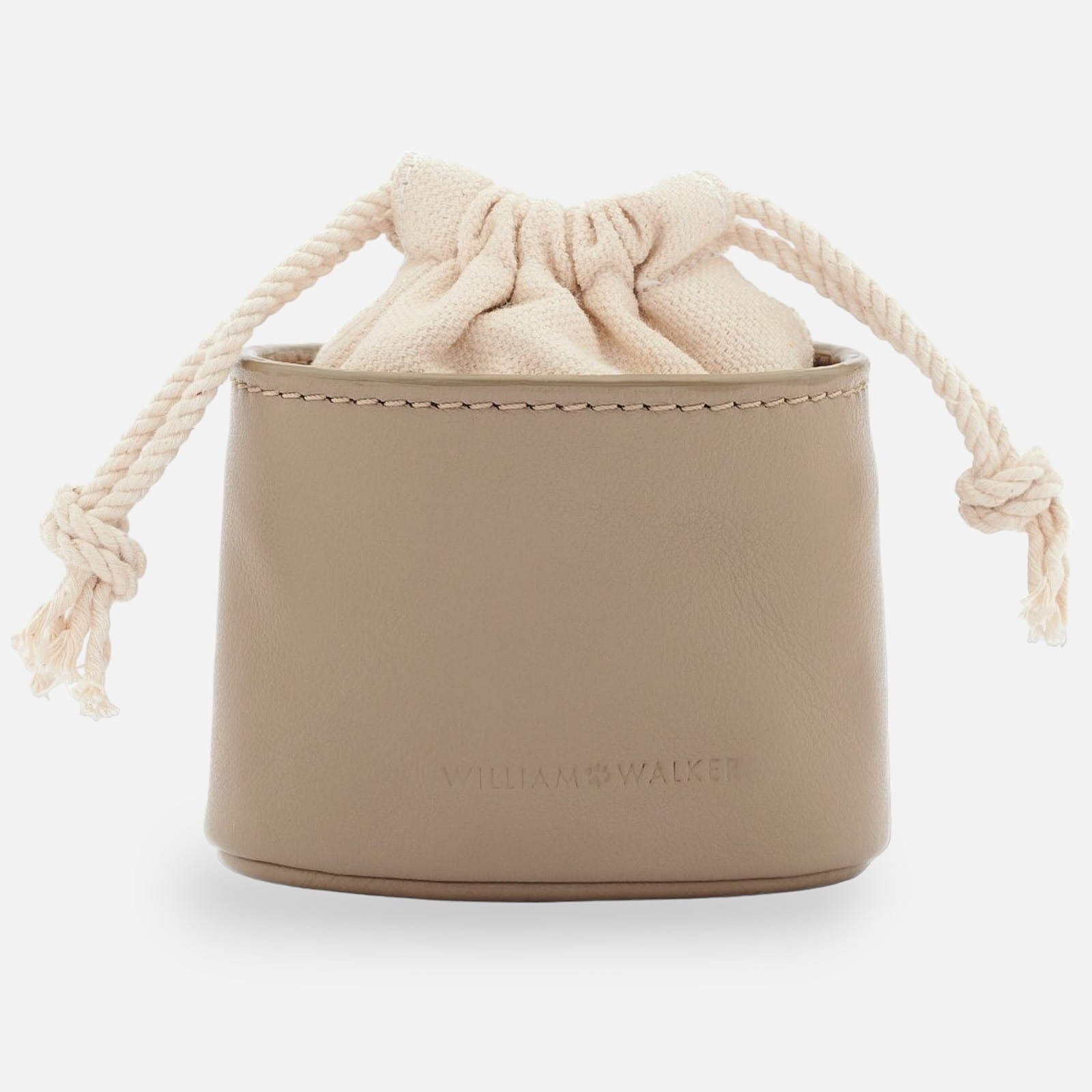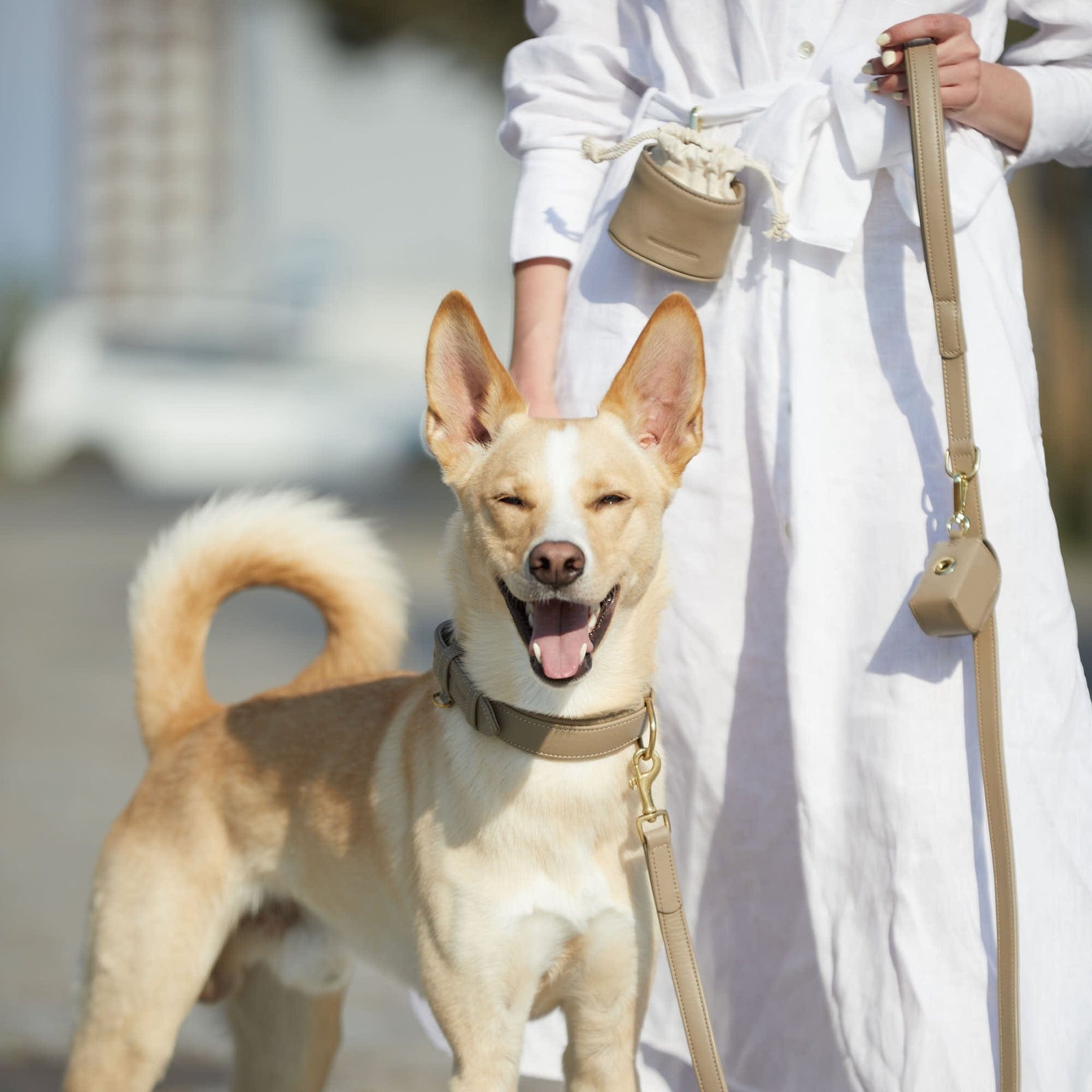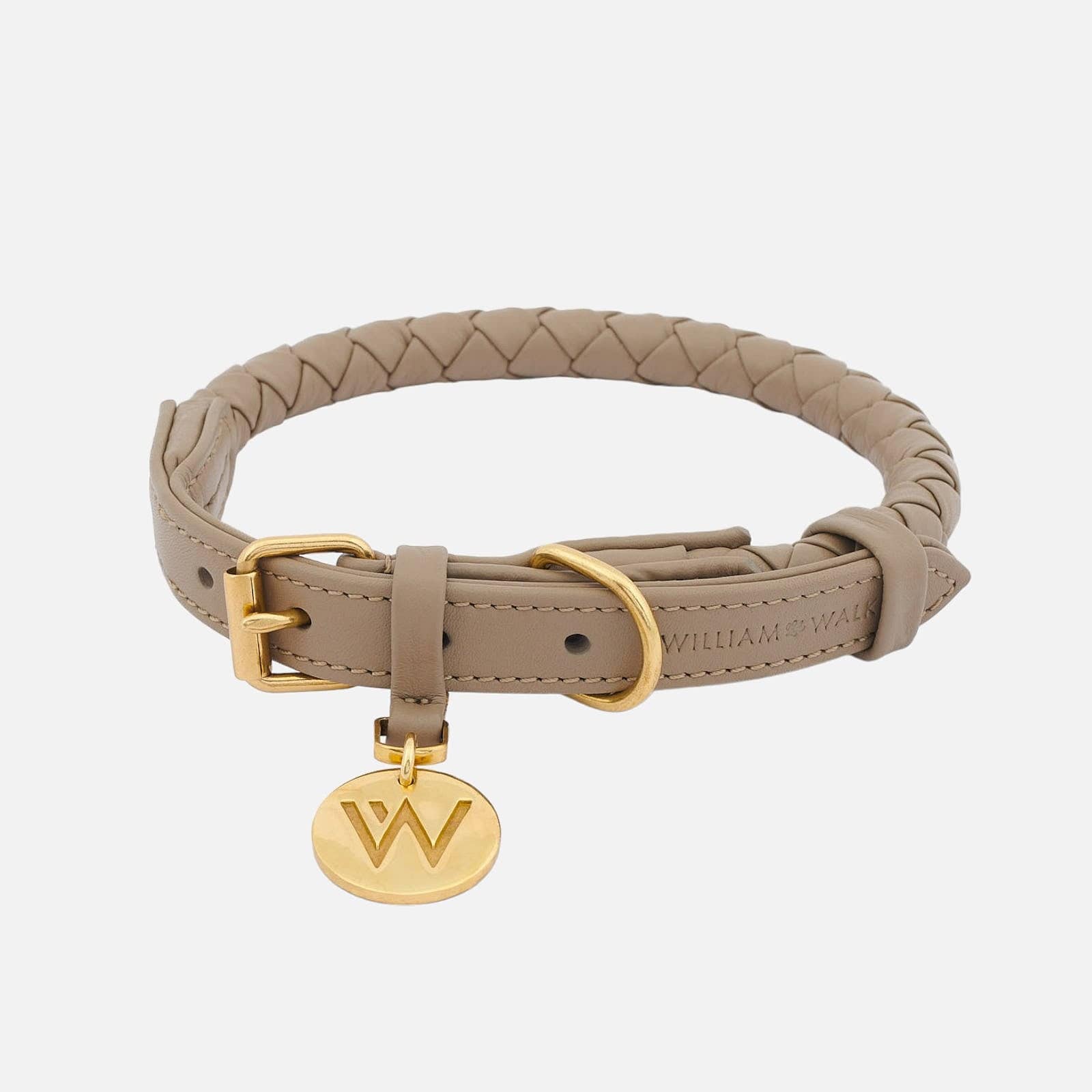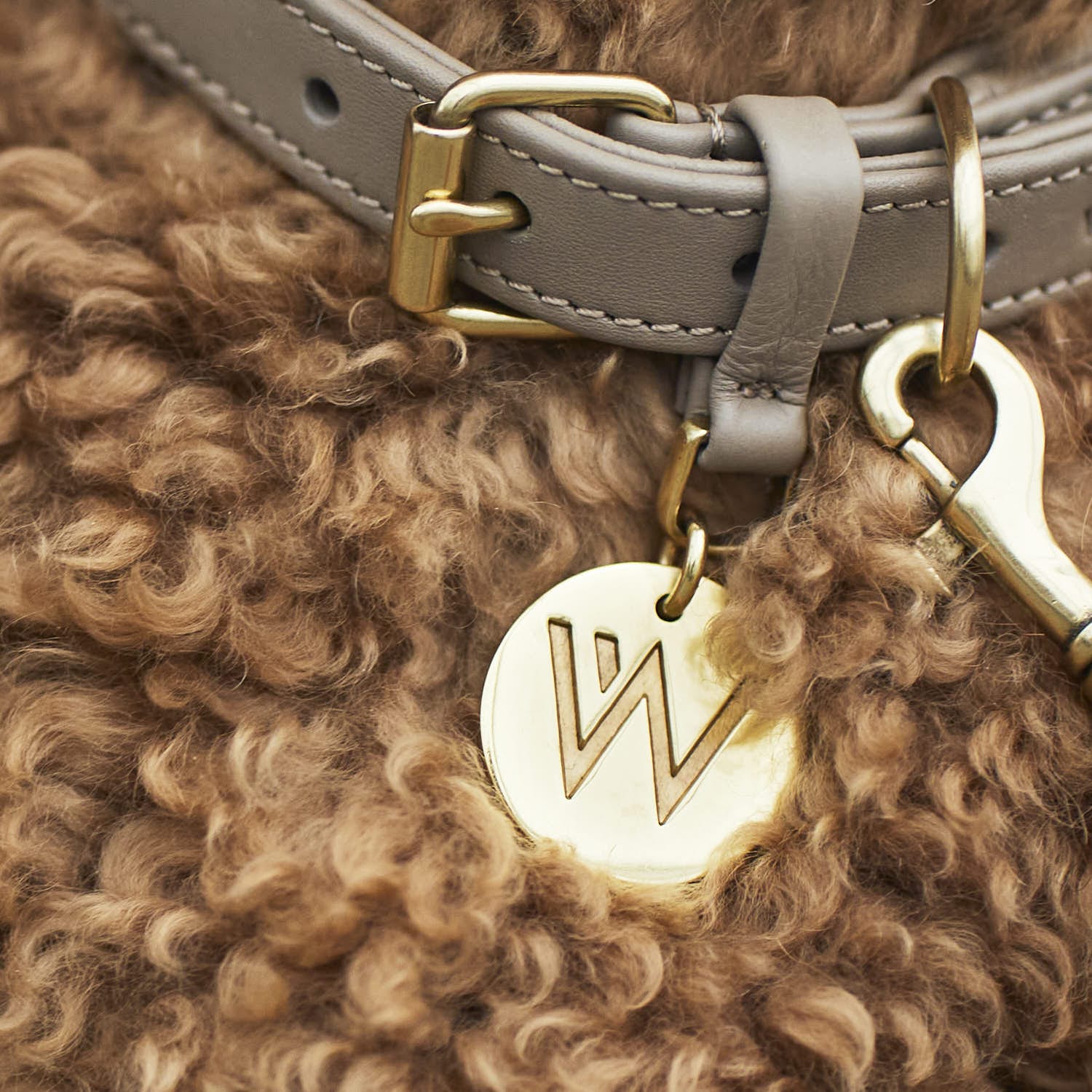What exactly does "dog breed" mean?
A dog breed is a specific and distinguishable breed of domestic dog. The Fédération Cynologique Internationale (FCI) currently has about 370 different dog breeds listed and thus recognised. The cynological umbrella organisation assigns the dog breeds to different groups and sections based on appearance and temperament. There are 10 FCI groups, including FCI Group 1: Herding Dogs & Cattle Dogs or FCI Group 3: Terriers.
Which dog breed suits me?
Getting to know the different breeds of dogs is crucial for us humans, especially when we want to take in a four-legged friend. Which dog suits me? That is the all-important question when buying a dog. It doesn't always have to be a purebred animal, because even in the case of mixed breeds from the animal shelter, the various breed combinations give us information about whether the dog will grow very large, for example, or possibly has a hunting instinct. Ultimately, however, it is not only the breed and its characteristics that determine the development and behaviour of the four-legged friend, but also the upbringing and socialisation. A dog breed is a specific and distinguishable breed of a domestic dog. The Fédération Cynologique Internationale (FCI) currently has about 370 different dog breeds listed and thus recognised. The cynological umbrella organisation assigns the dog breeds to different groups and sections based on appearance and temperament. There are 10 FCI groups, including FCI Group 1: Herding Dogs & Cattle Dogs or FCI Group 3: Terriers.
The Doberman - a notorious guard dog

Weight: 32 - 45 kg
Shoulder height: 61 - 68 cm
ØLife expectancy: 10 -13 years
Colours: Black, White, Fawn, Black & Rust, Fawn & Rust, Blue & Rust, Blue, Red
Assignment: FCI Group 2 Pinscher and Schnauzer - Molossian - Swiss Mountain and Cattle Dogs and other breeds Section 1 Pinscher and Schnauzer with working test
History and origin of the German Dobermann
The dog breed Dobermann received its name from its first known breeder. Friedrich Louis Dobermann bred dogs of different breeds in 1899 in order to obtain the ideal guard dog. It is assumed that he crossed ancestors of the Rottweiler, the Pinscher and the German Shepherd as well as other breeds that are not exactly known. This ultimately gave rise to the Doberman as we know it today. Especially in its early days, the Doberman was considered to be particularly courageous and alert, and initially exhibited a pronounced aggressiveness. For this very reason and because of his herding and hunting instinct, the Doberman was later often used by the police. In the past, the ears and the tail of the Dobermann were docked to give the dog a sharper appearance. However, the FCI reacted to this mutilation and banned the docking of the ears and tail in the breed.
We would like to point out that in Brandenburg the Dobermann is a listed dog and owners may only continue to keep dogs with a negative certificate.
We would like to point out that the Dobermann is declared a listed dog in Brandenburg and owners are only allowed to start or continue keeping dogs with a negative certificate that classifies the Dobermann as not dangerous.
Caution torture breeding: Furthermore, we would like to point out that the Doberman as a breed is affected by torture breeding. As a result, Dobermans often suffer from an aggressive heart disease, cardiomyopathy, which can lead to sudden cardiac death. Unfortunately, due to breeding with sick parents, this now occurs in every second parent. In addition, Dancing Dobermann Disease and joint diseases, such as hip dysplasia, occur frequently. Learn more about the torture breeding >
Character and nature of the Dobermann
Nowadays the Doberman is far less aggressive than in its early days. Nevertheless, he has retained some characteristics. He is still very alert and the hunting instinct is deeply anchored in his genes. Even though he is calmer and more relaxed than his ancestors, he still has a low to medium irritation threshold. Despite this, the breed can be quite suitable as a family dog. For once the Doberman has arrived in his family and is consistently brought up, he is cuddly and playful.
Thanks to its high intelligence and willingness to learn, the beautiful four-legged dog can be trained and educated well. Particular attention should be paid to the training of the Doberman, as its sheer size and strength make it more dangerous than smaller dogs. Therefore, dog school should be attended consistently from puppy age onwards. Individual training sessions may also be necessary for retrievability due to his hunting instinct. It is important to get to know your Doberman well and also to analyse him in various situations, preferably with a trainer. Because of its low stimulus threshold, it is of utmost importance for the owner to immediately recognise and react to conspicuous behaviour of his own four-legged friend. The Doberman is affectionate, protective and faithful towards his favourite people.
Attitude of the German Doberman
The Doberman needs a lot of exercise. Both physically and mentally. Otherwise there is a risk of overacting to beat boredom, which unfortunately can often be aggressive or hyperactive. Therefore, various types of dog sports are particularly suitable for this breed. If the Doberman is sufficiently exercised, he can also live in a large flat, but there should not be many stairs to climb. Of course, a flat or a house with a garden would be better for a Doberman, as here he can also better live out his role as a guard dog. In general, playful jumping and braking movements should be avoided, as the Doberman is predestined for joint problems.
Fashion Tip/Size Recommendation for the Doberman
With a neck circumference of 50 to 55 cm on average, we recommend size XL of our chic Charles collar with matching leash, poop bag dispenser and treat bag for the Doberman. For training your dog, we recommend our various premium dog biscuits, which are not only grain-free and sugar-free, but also particularly popular with our four-legged friends.
